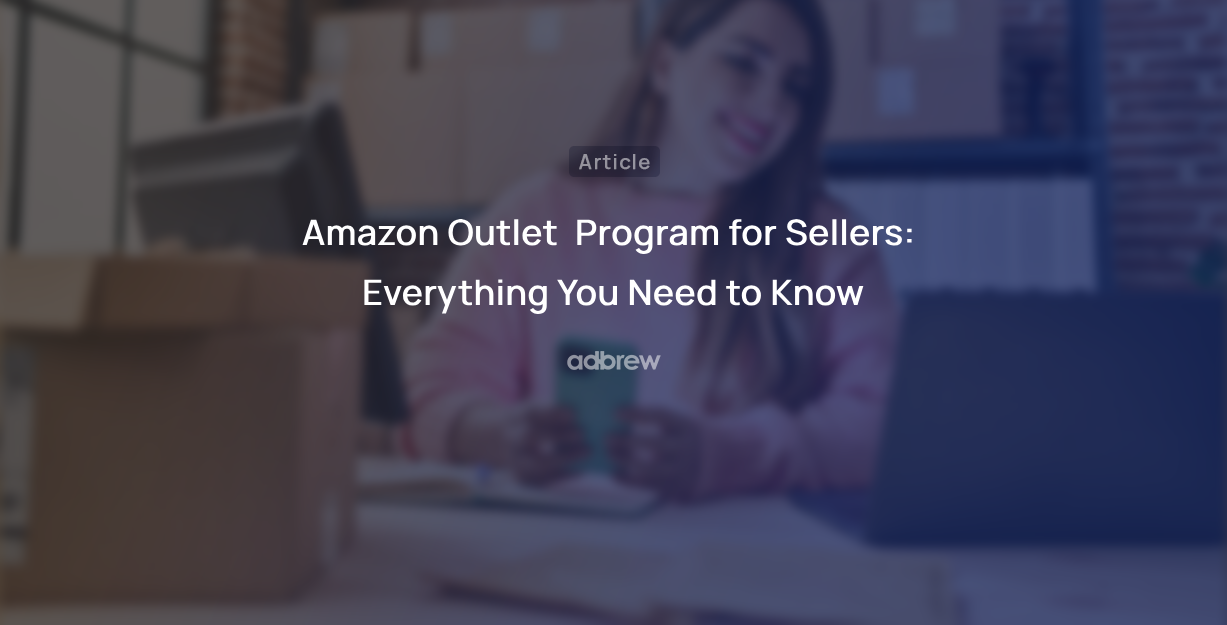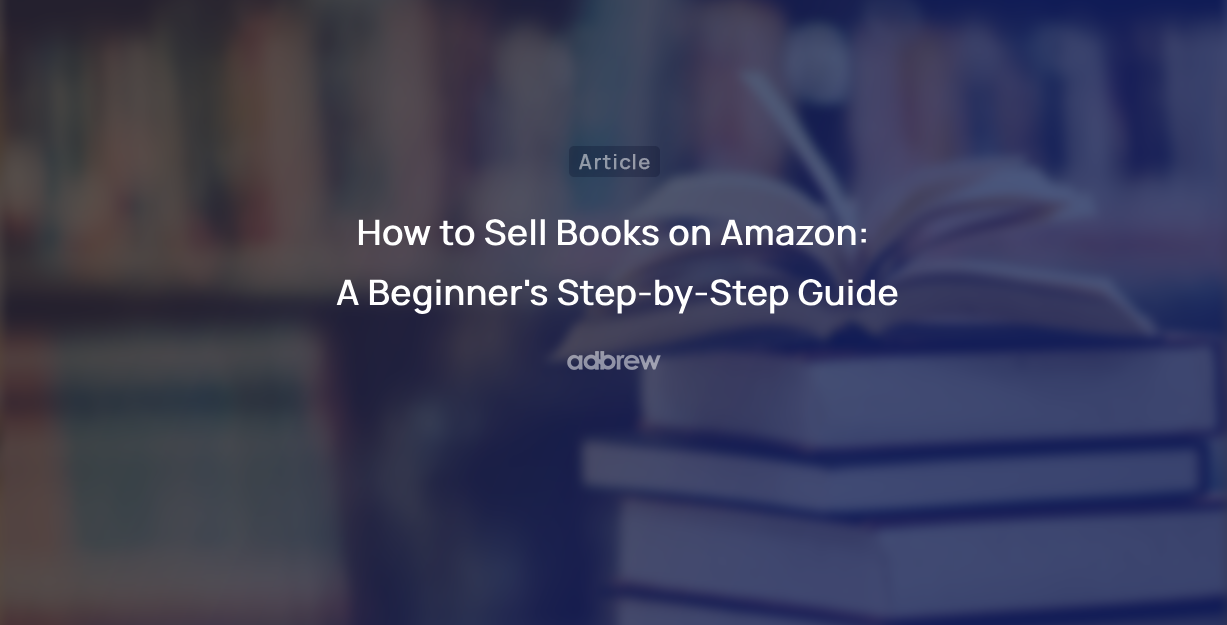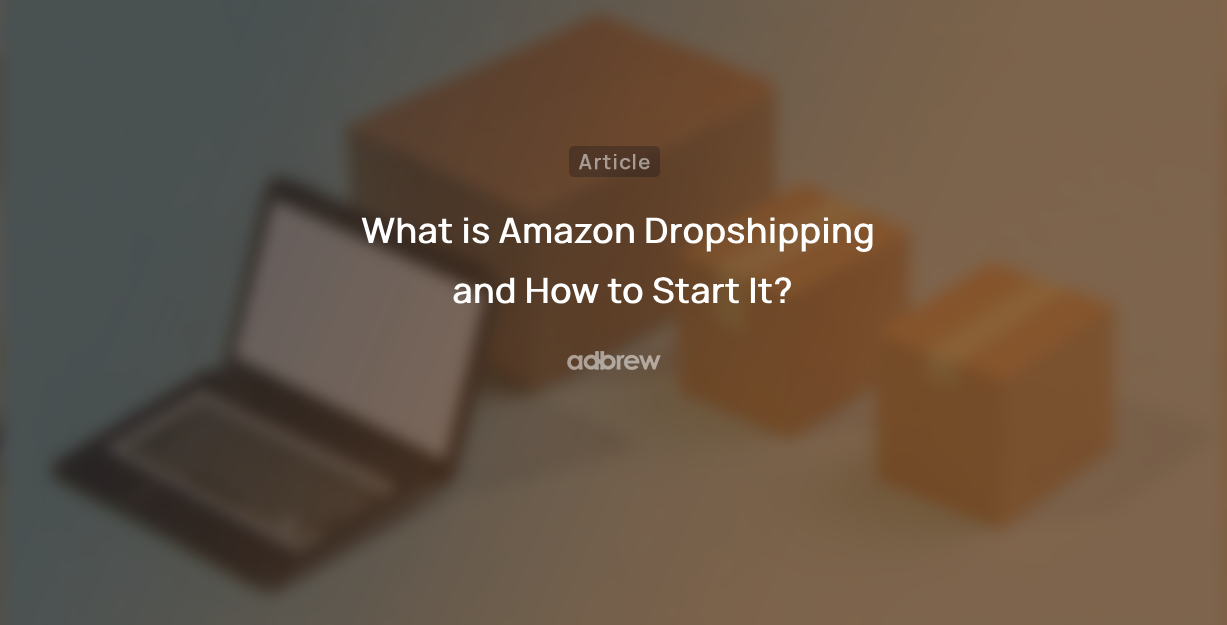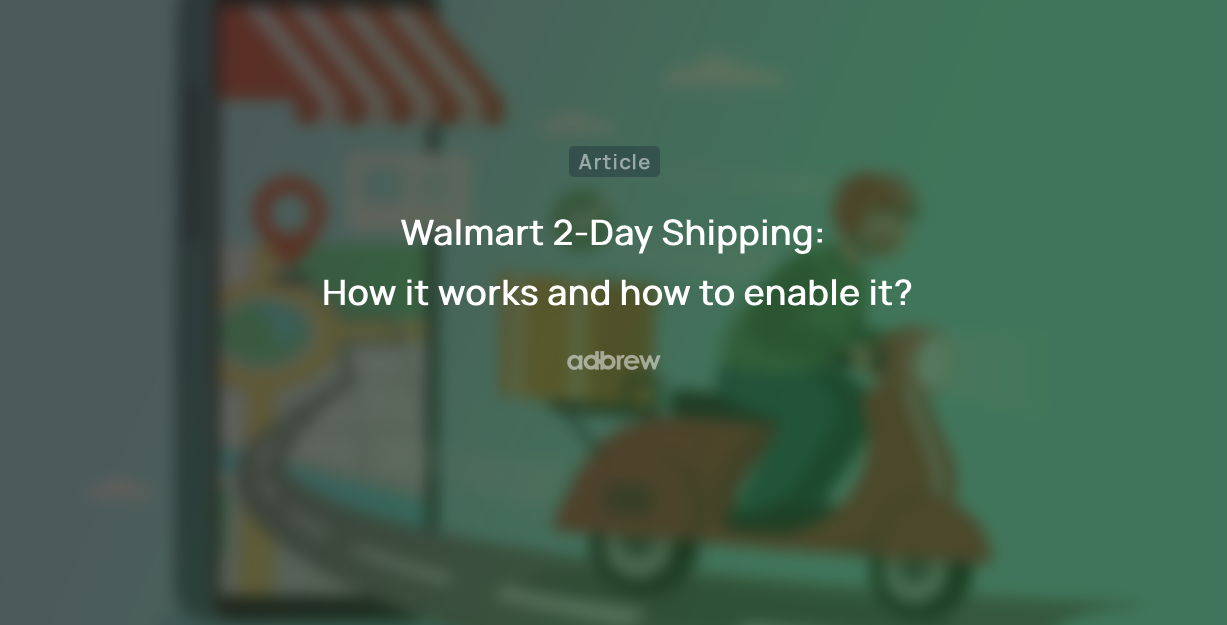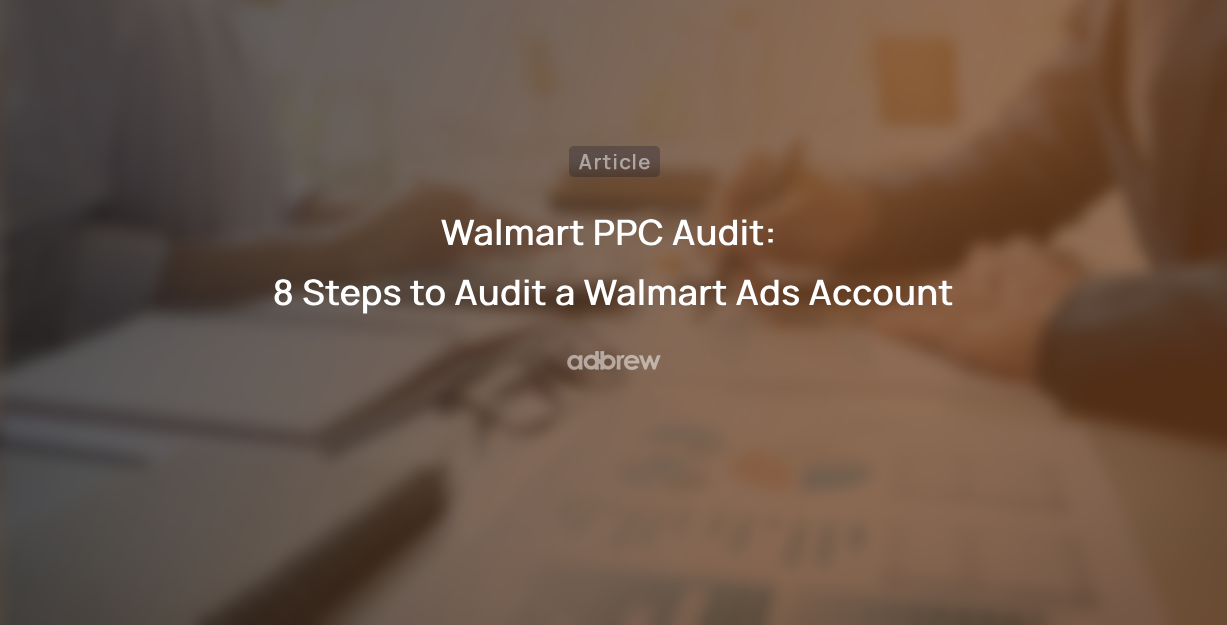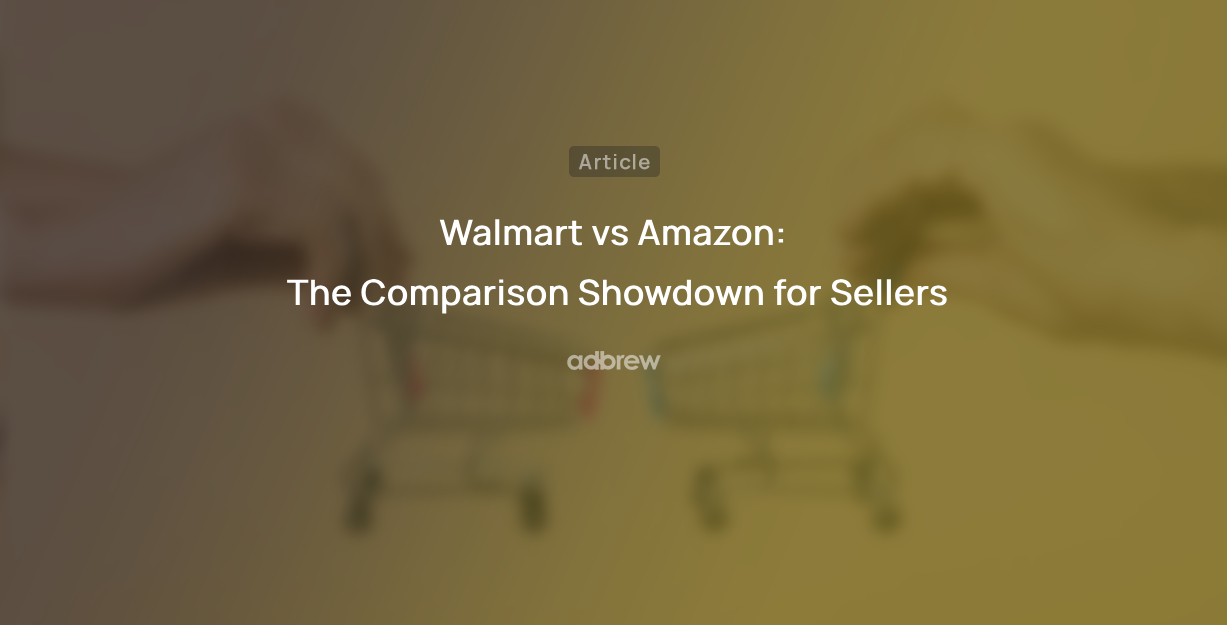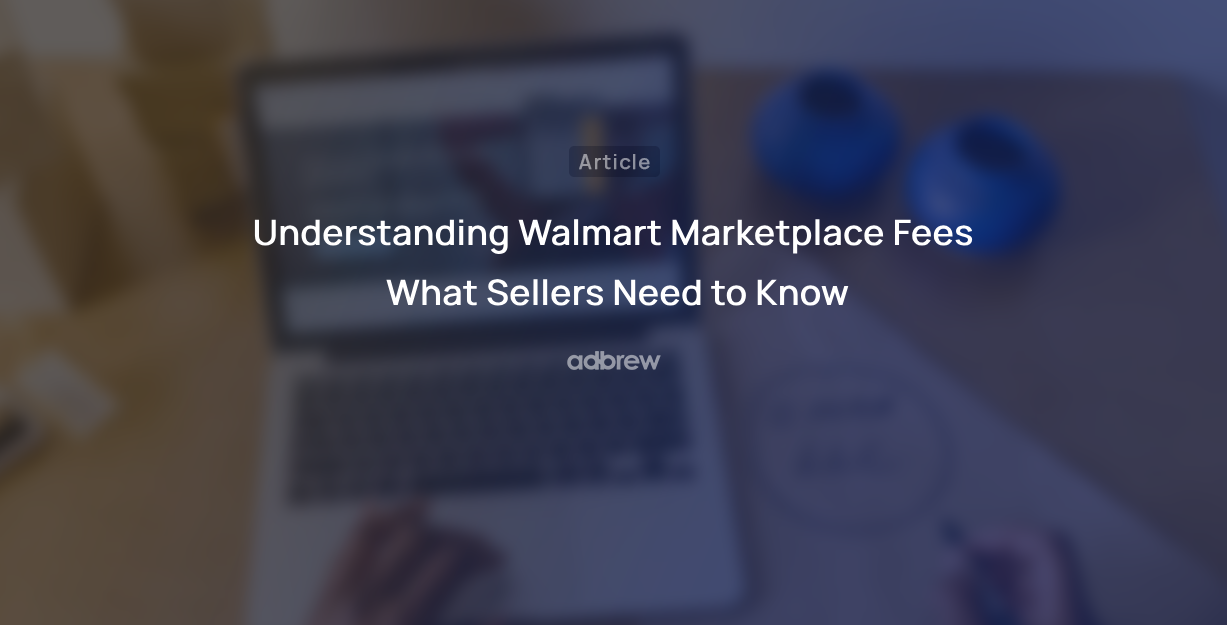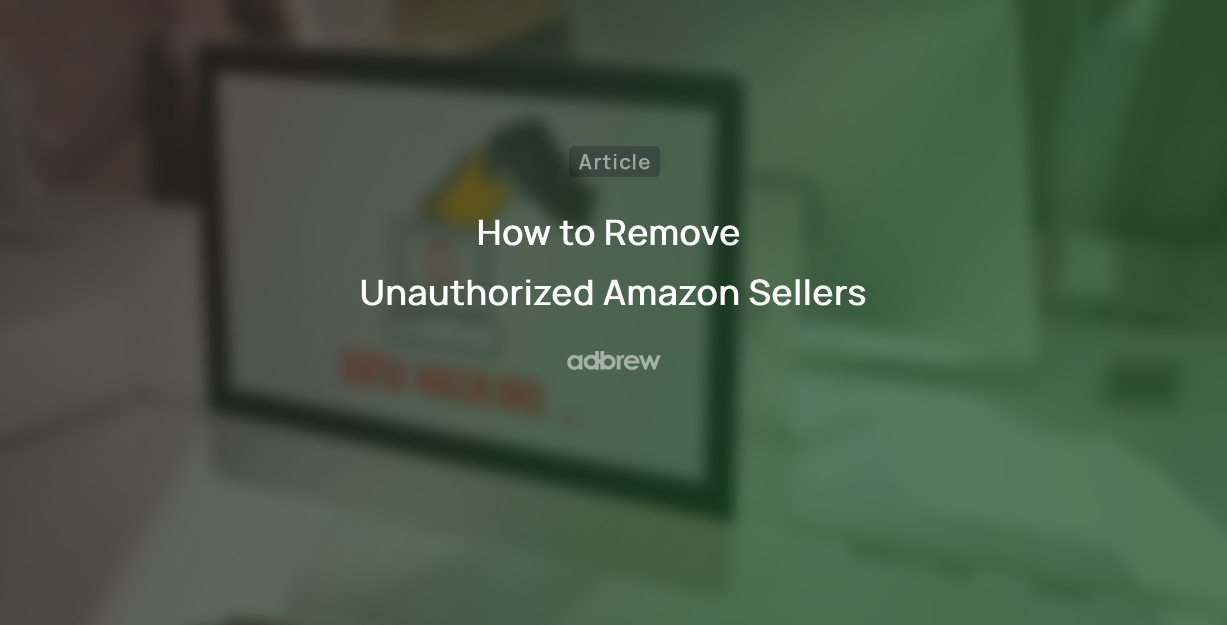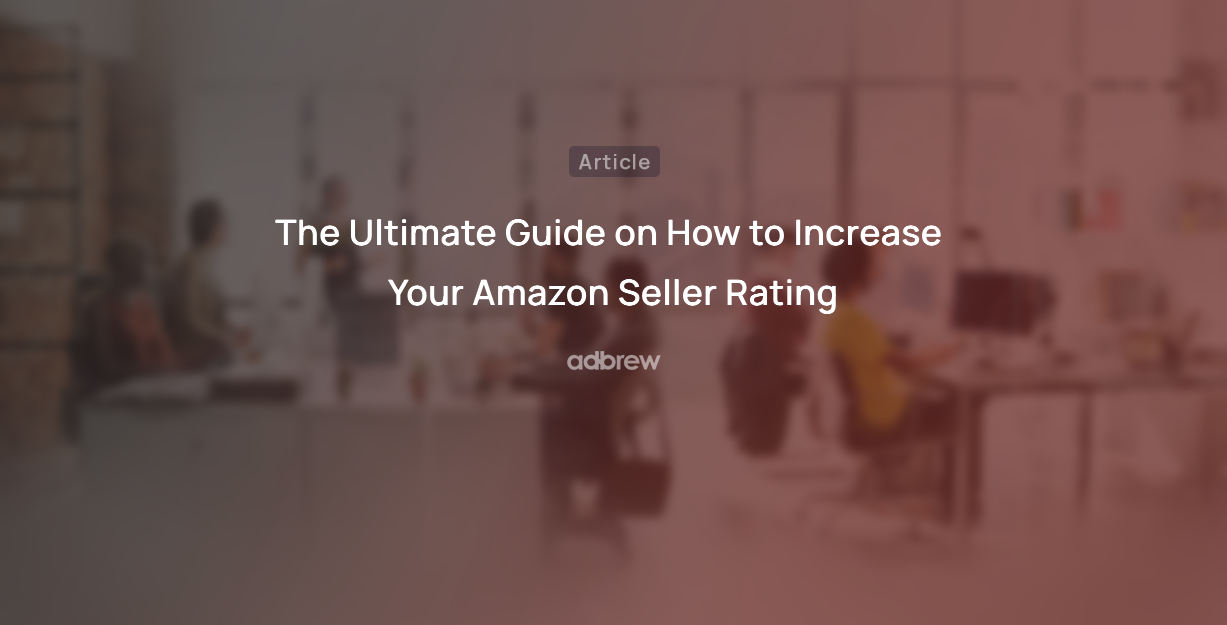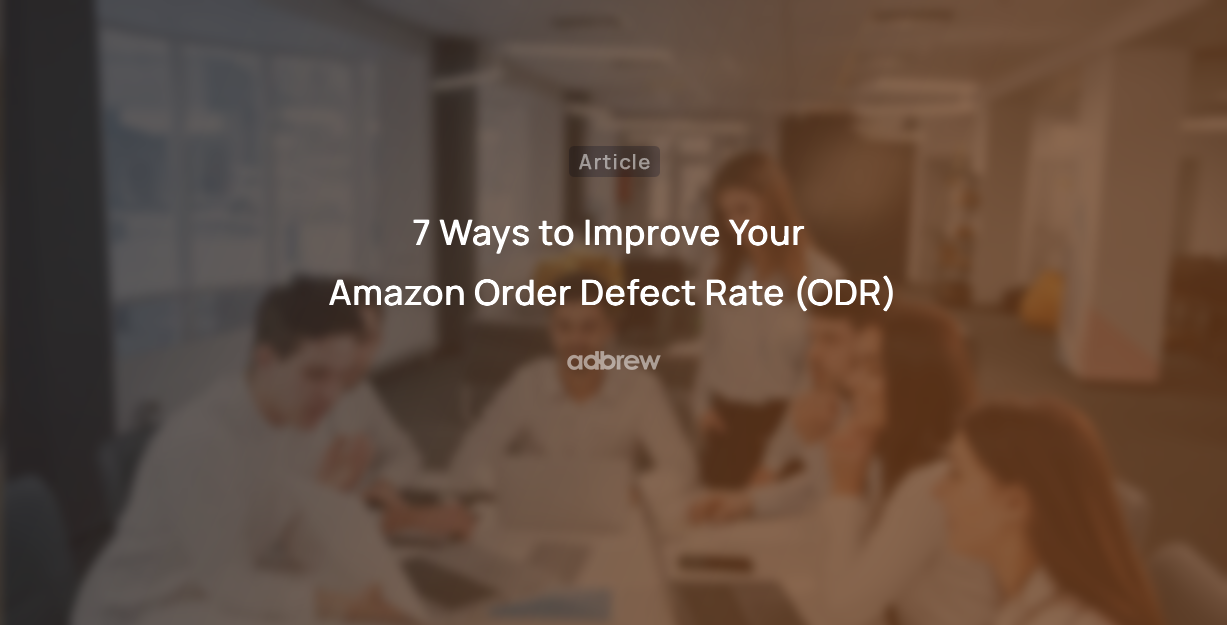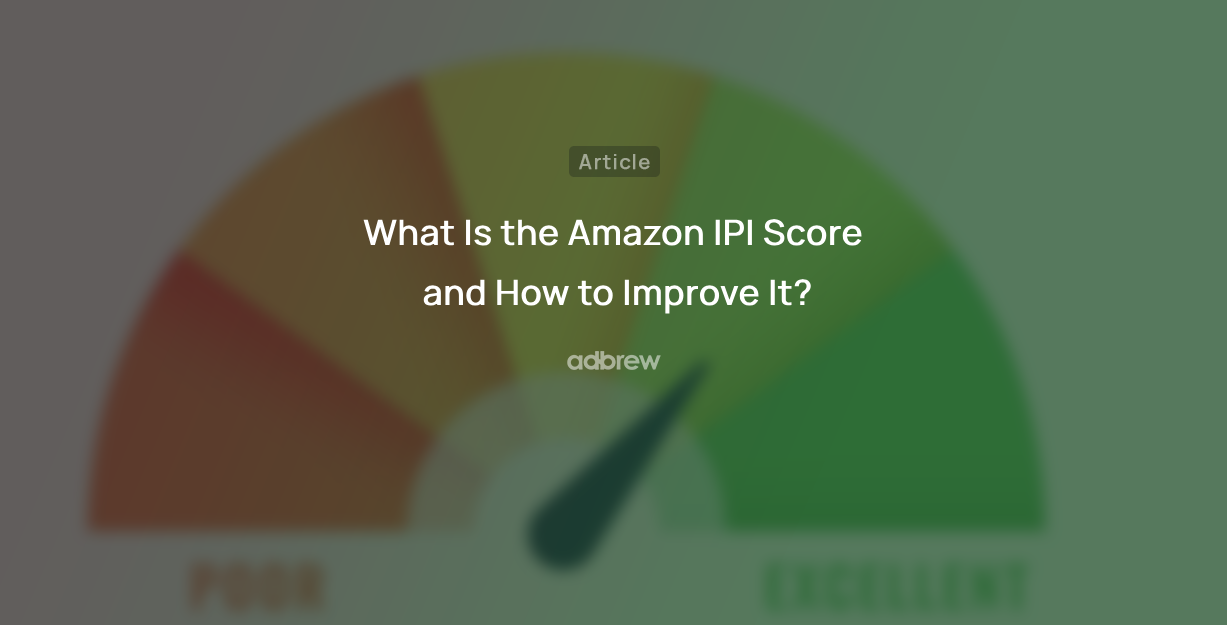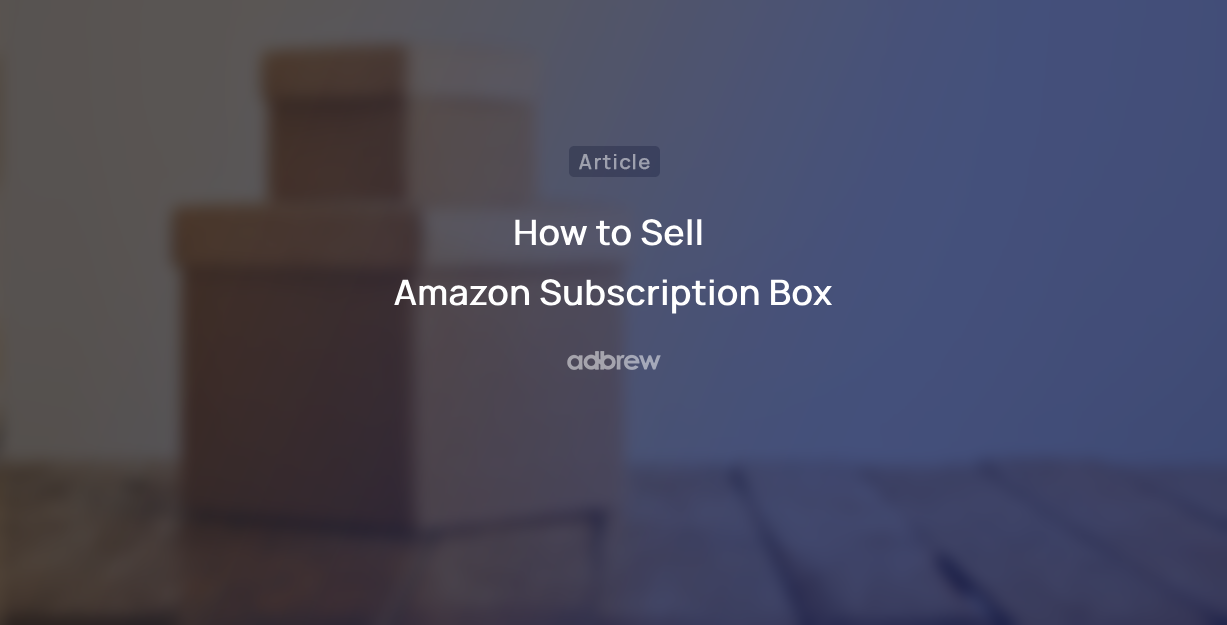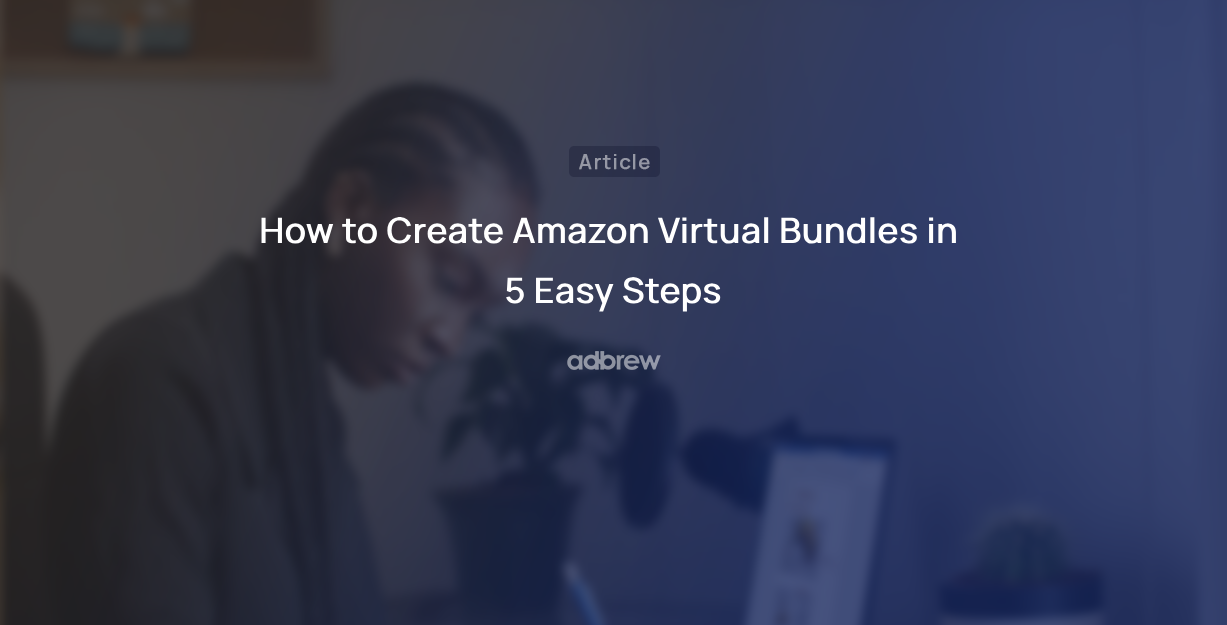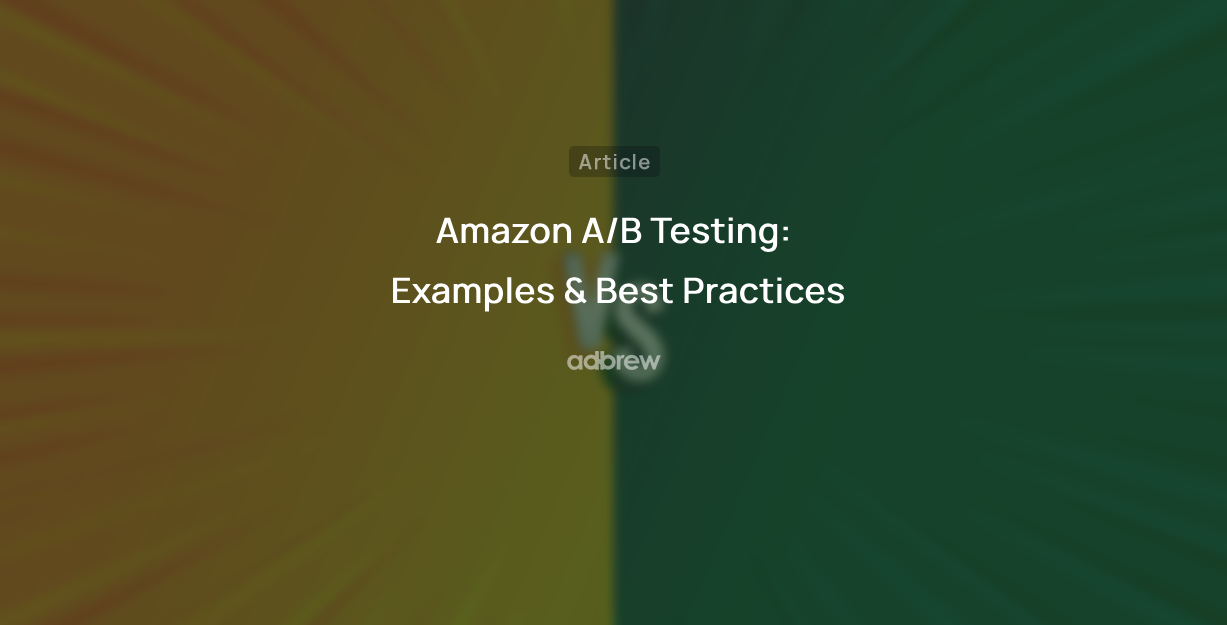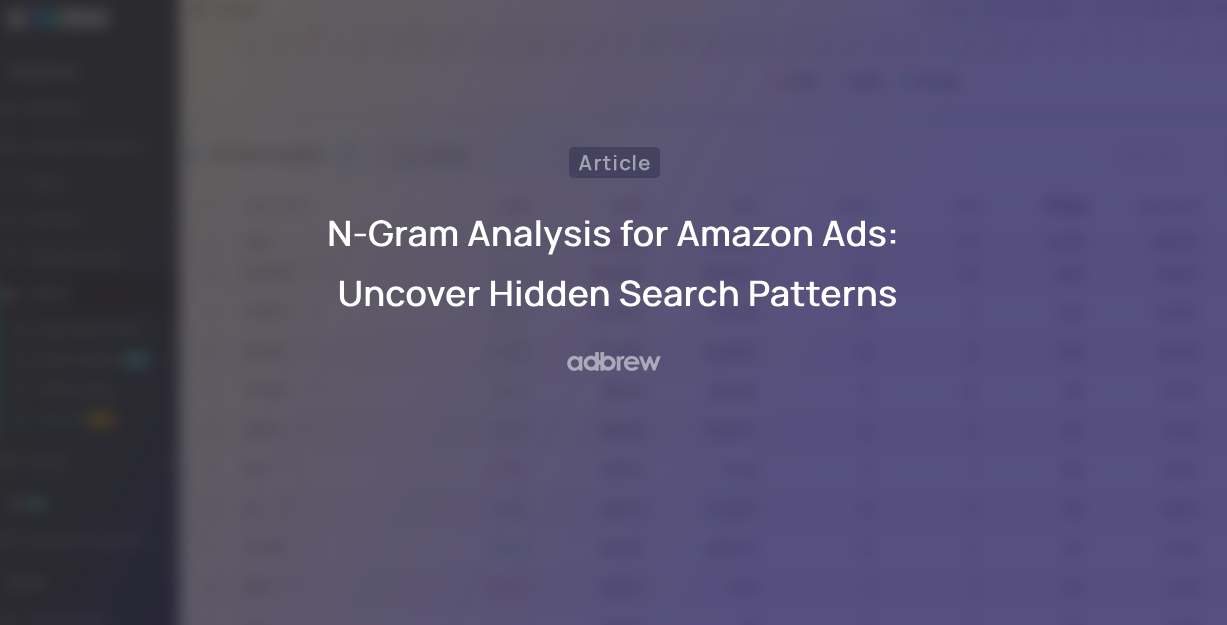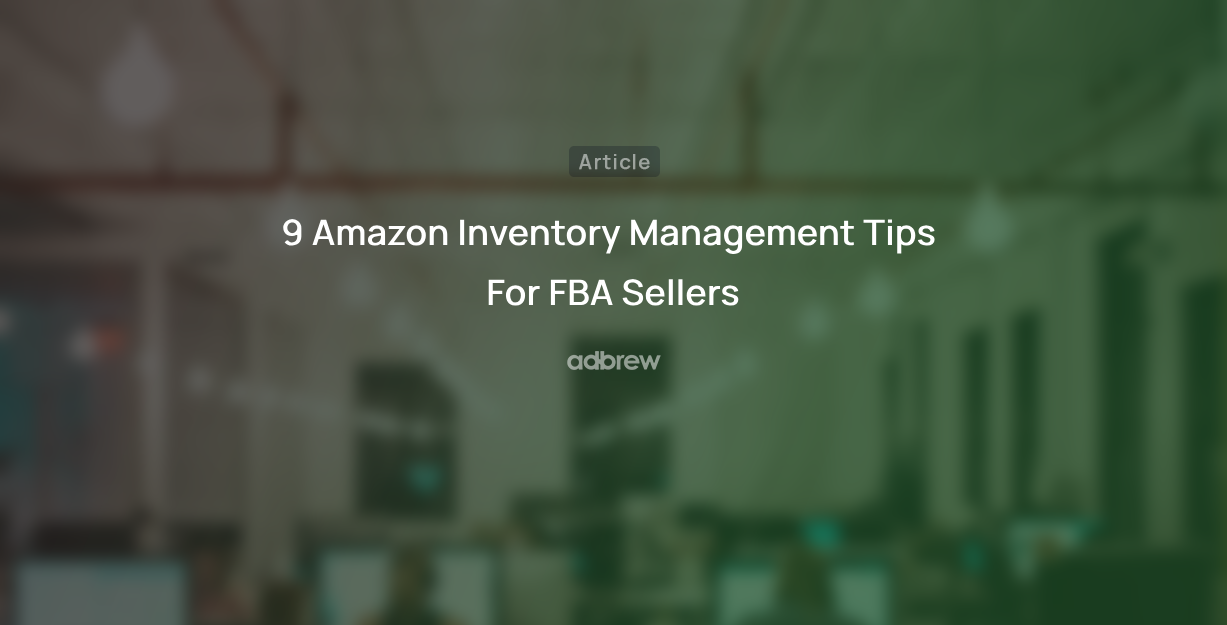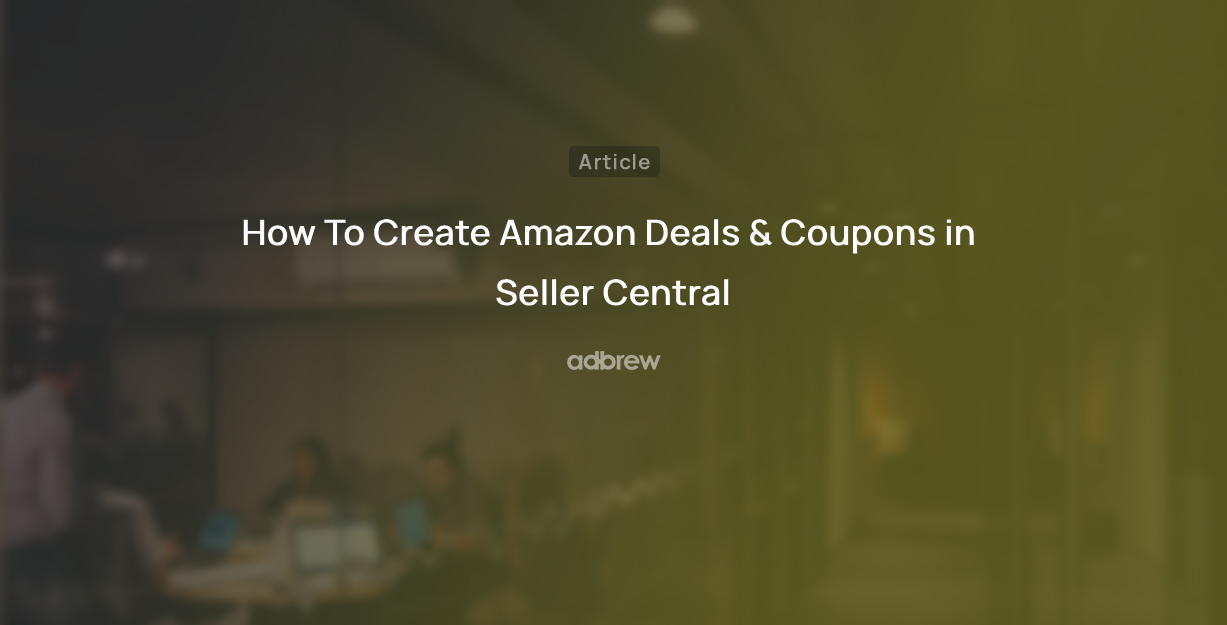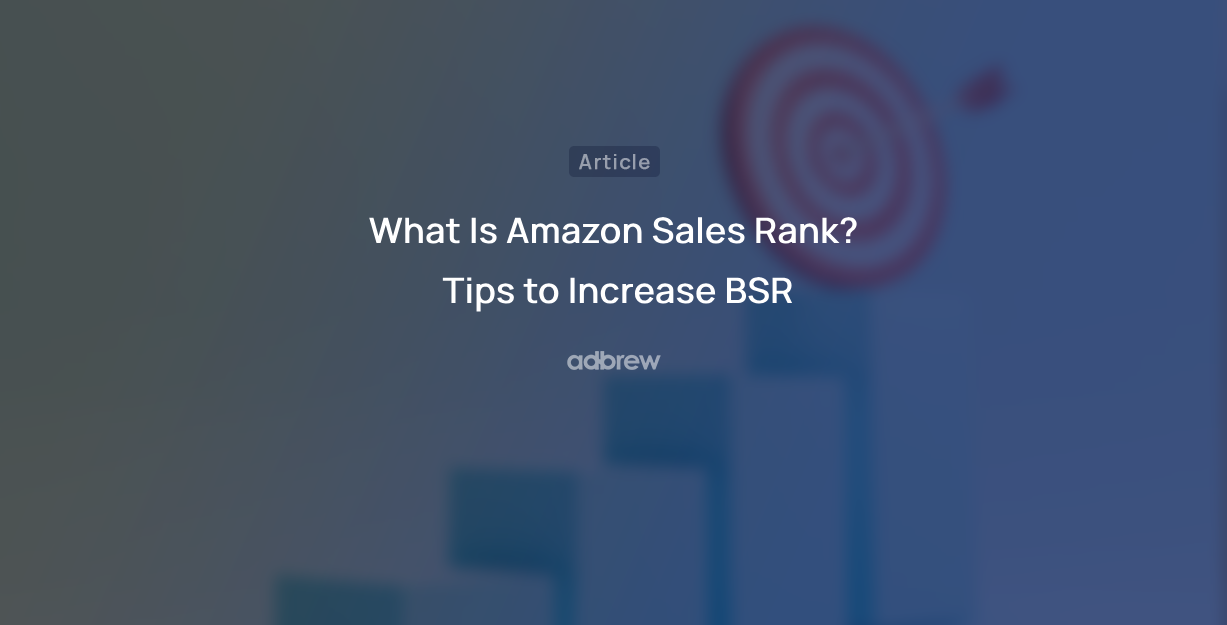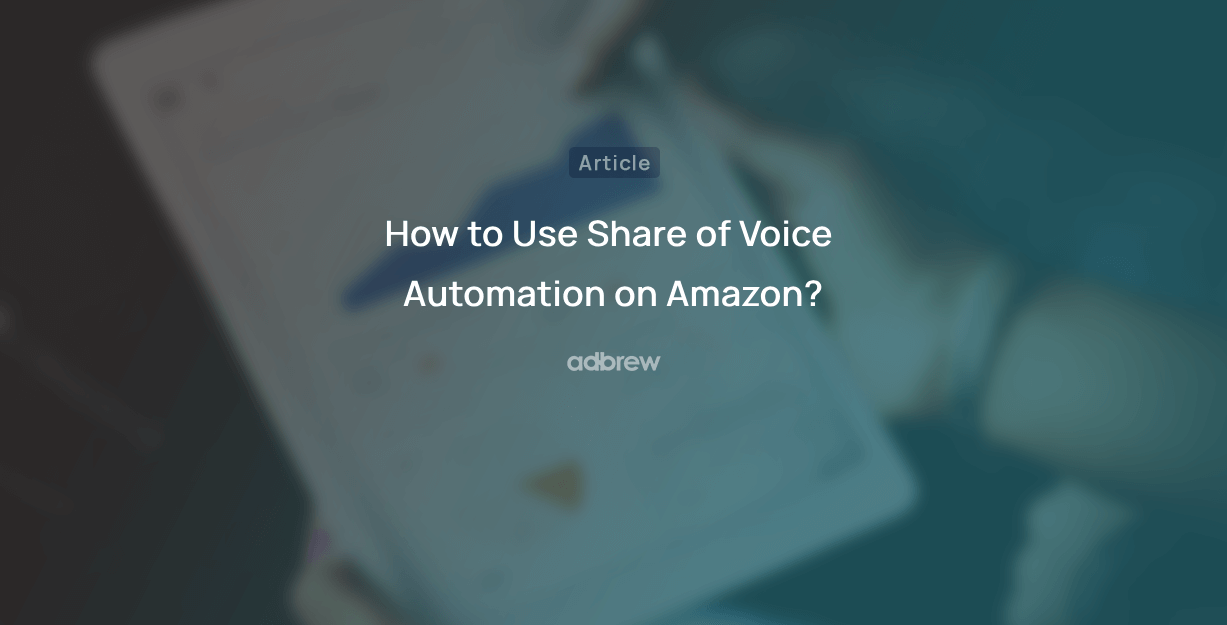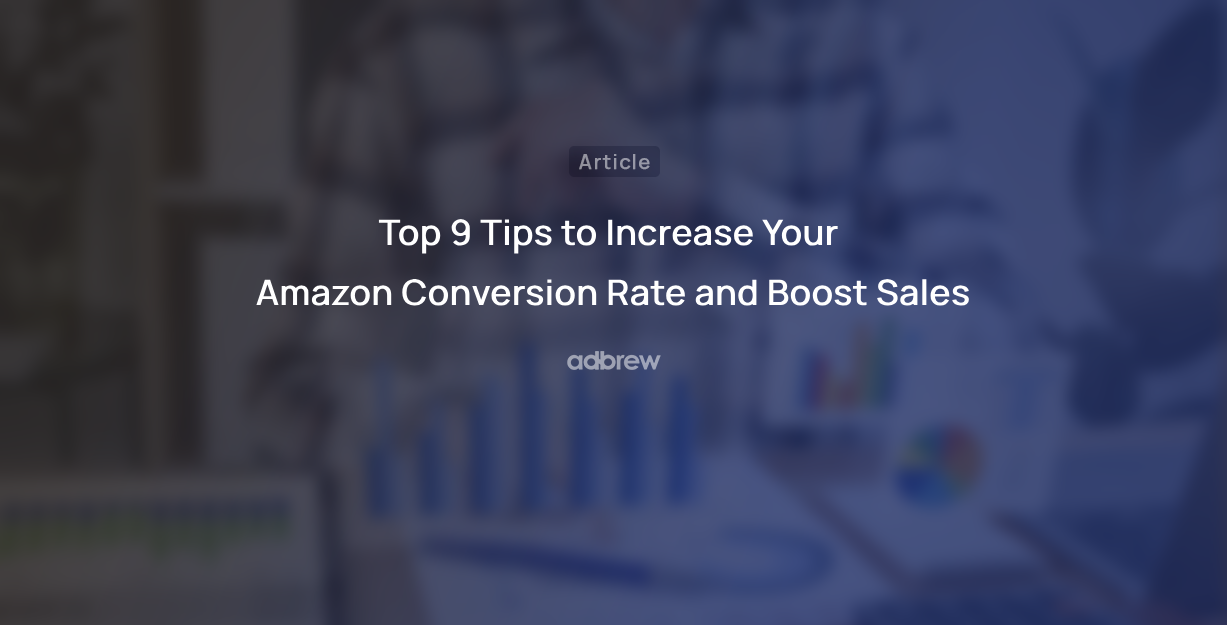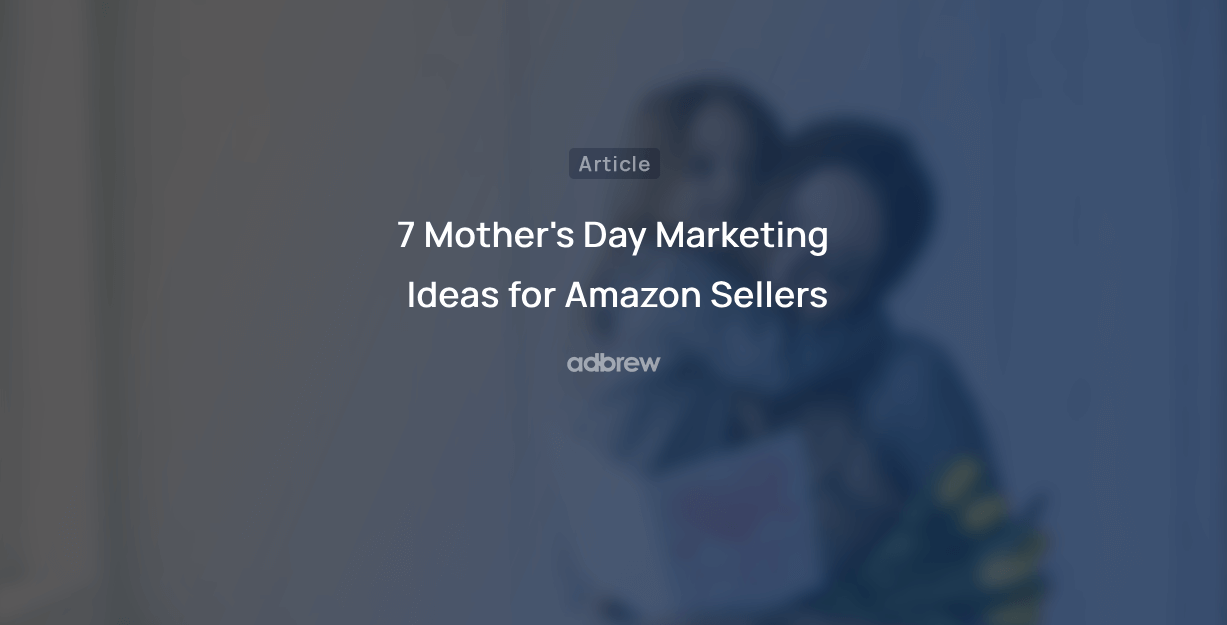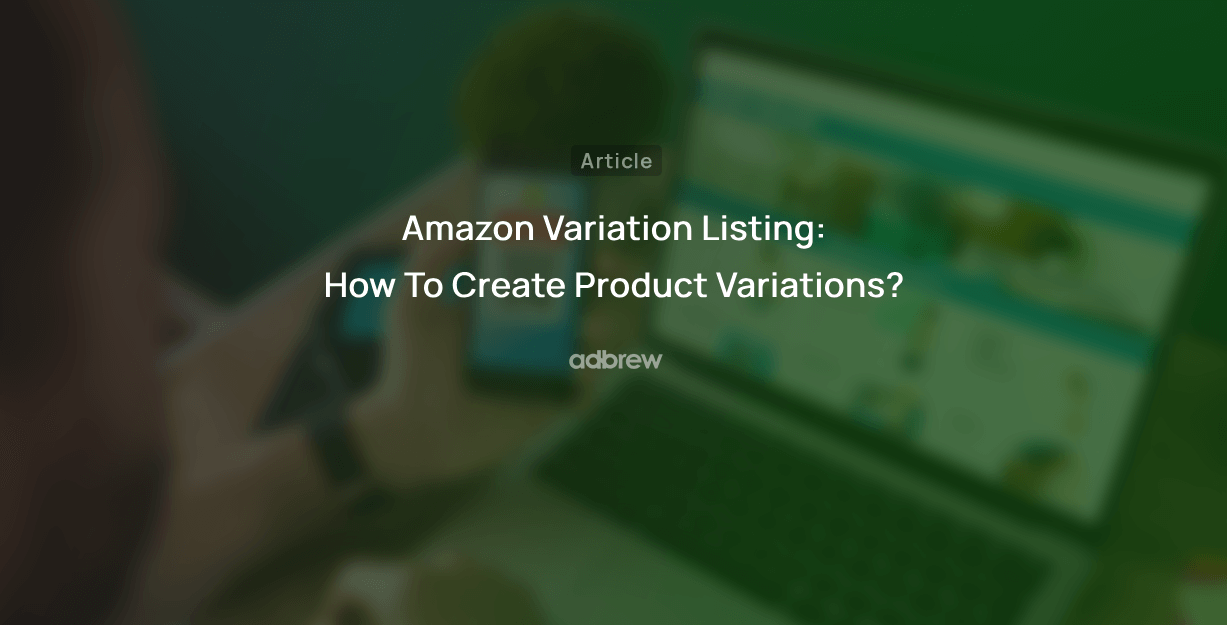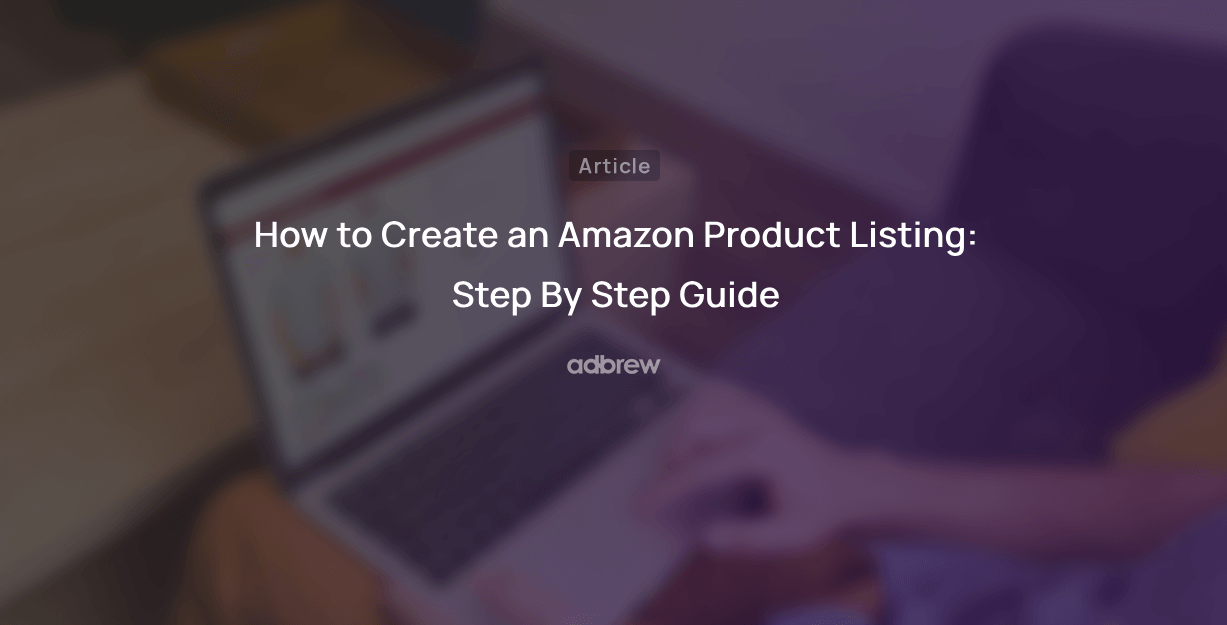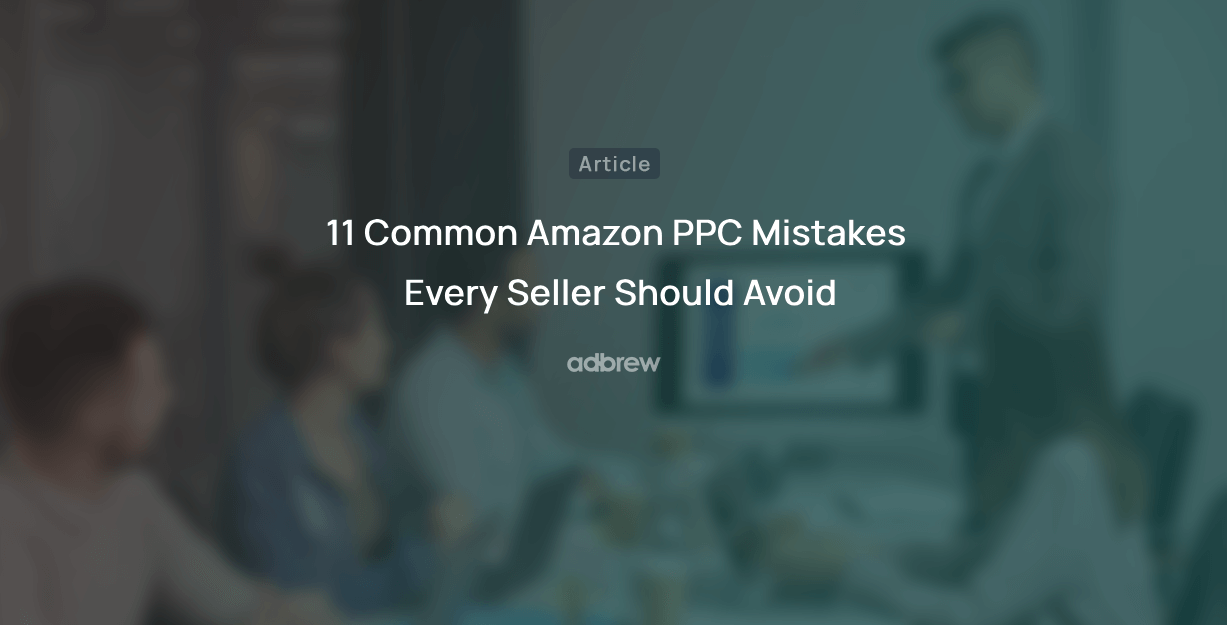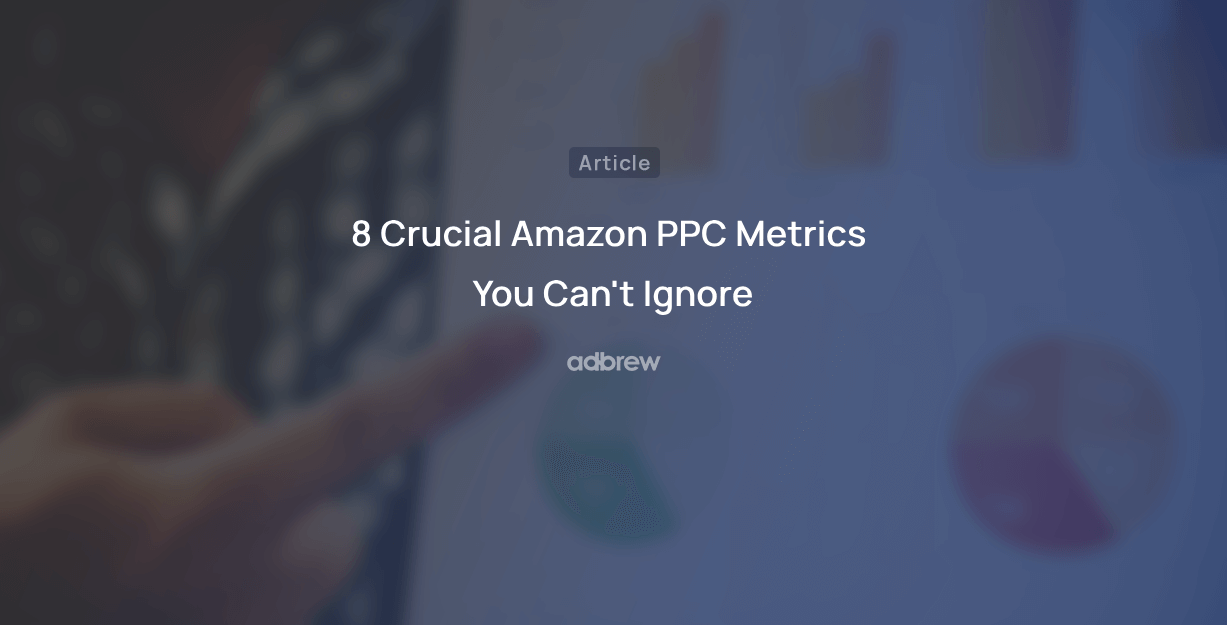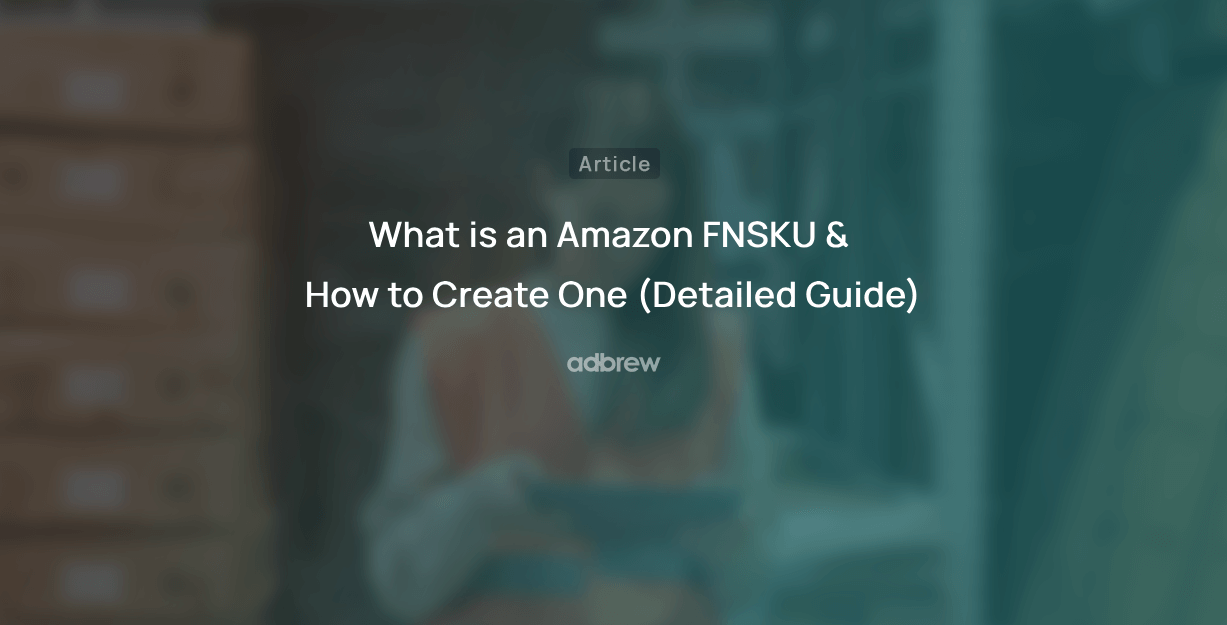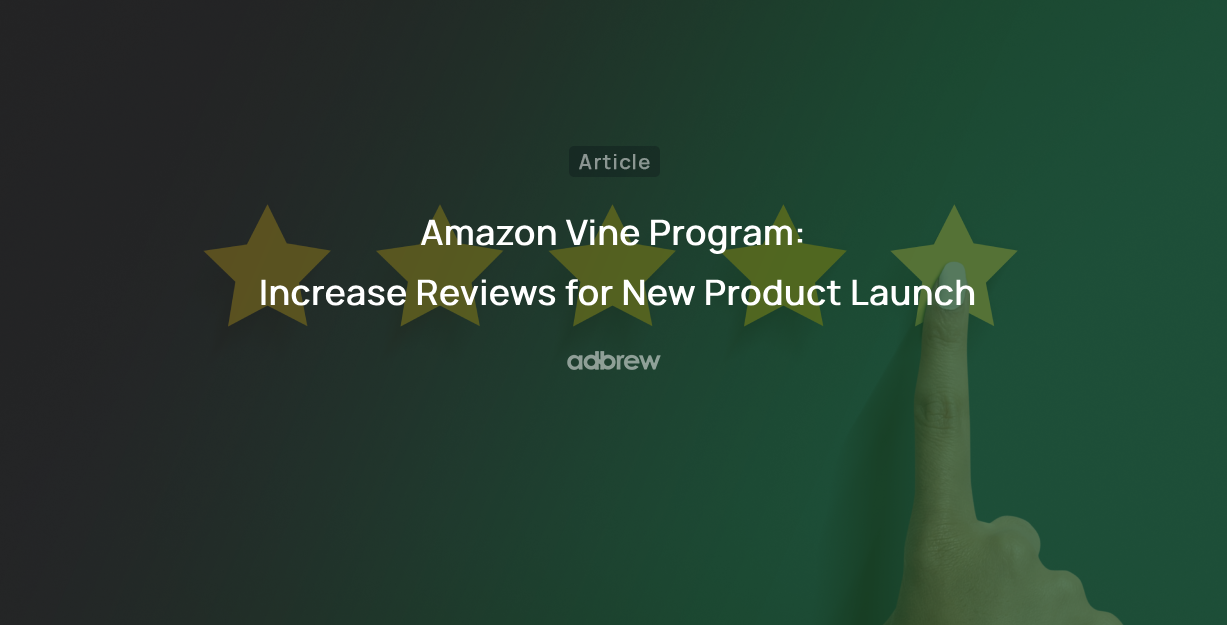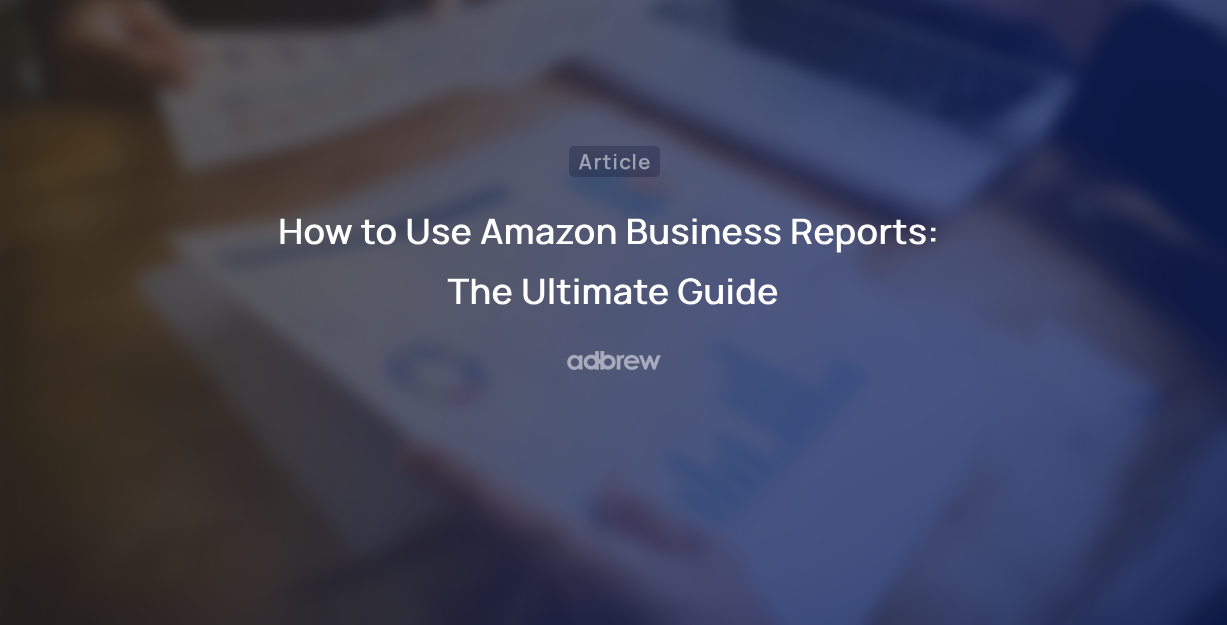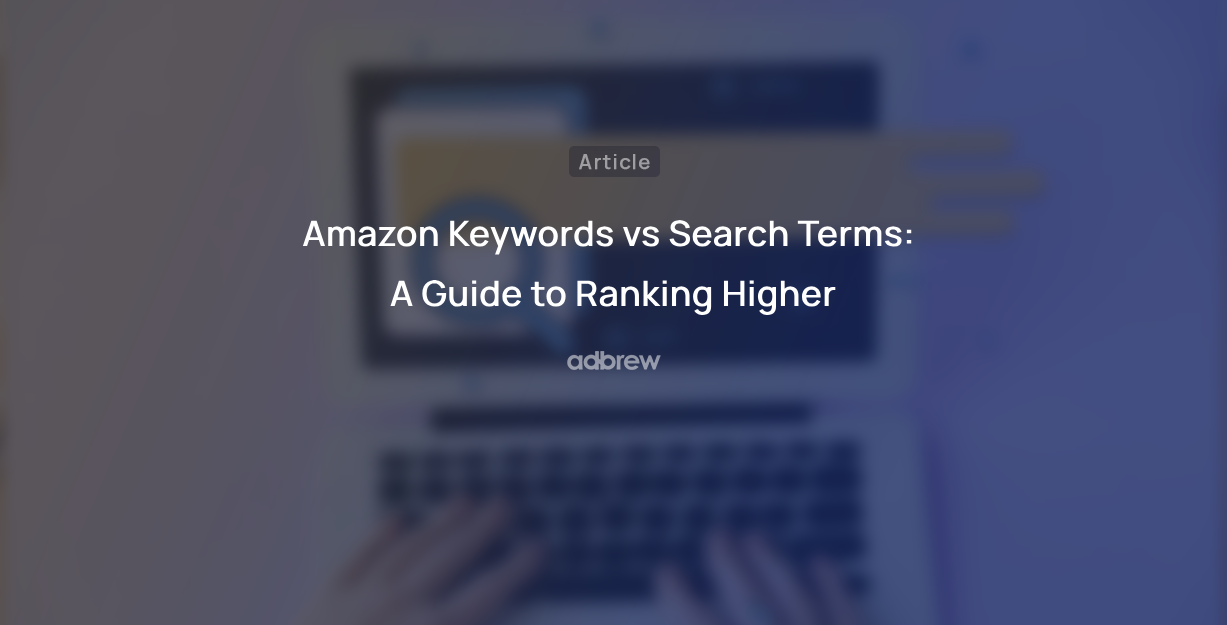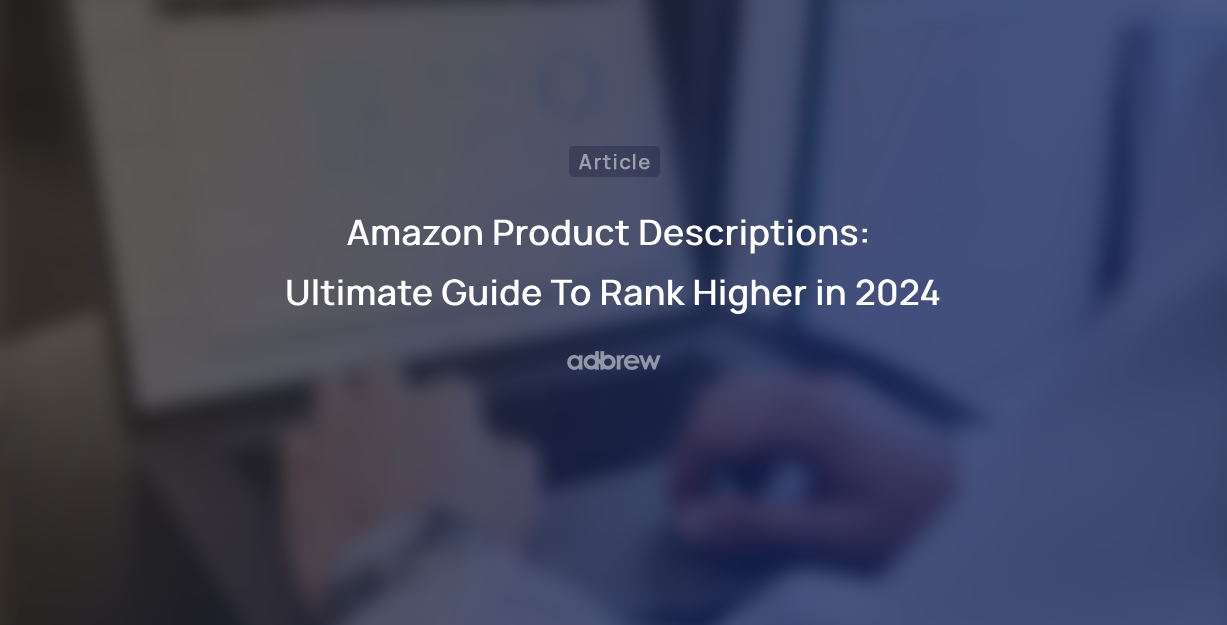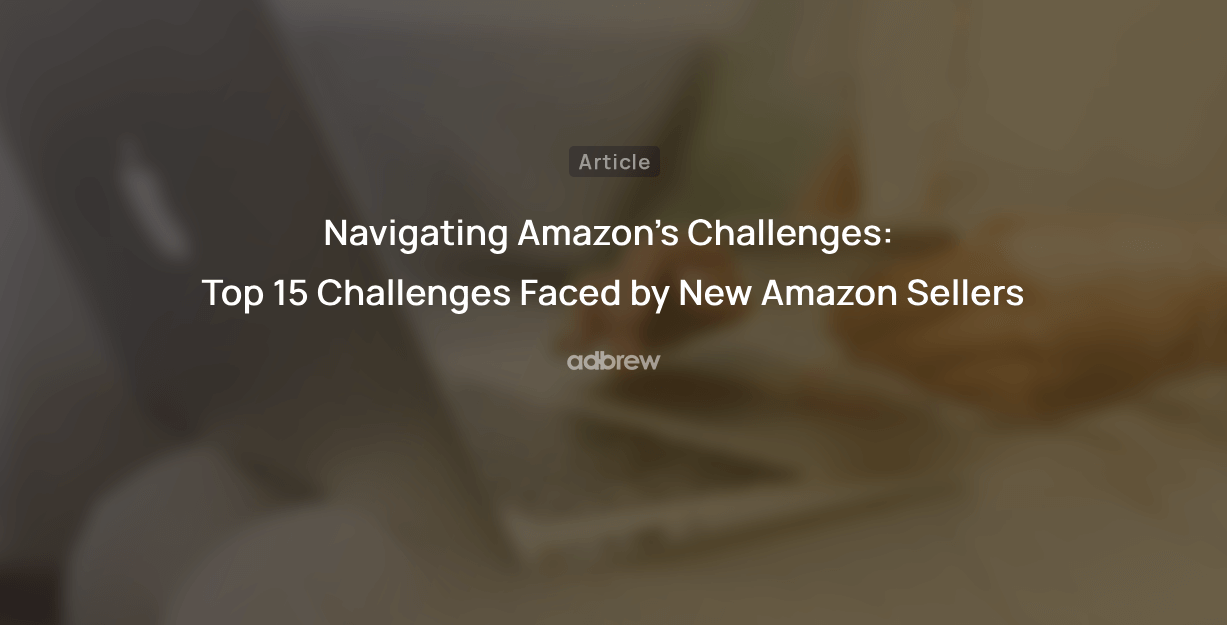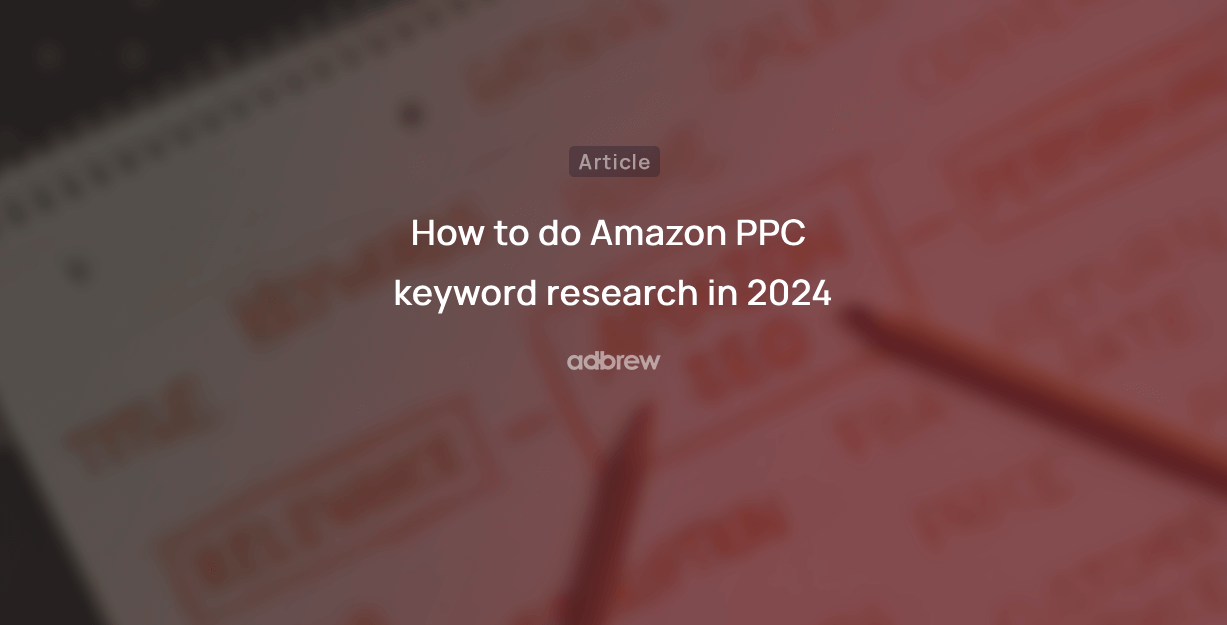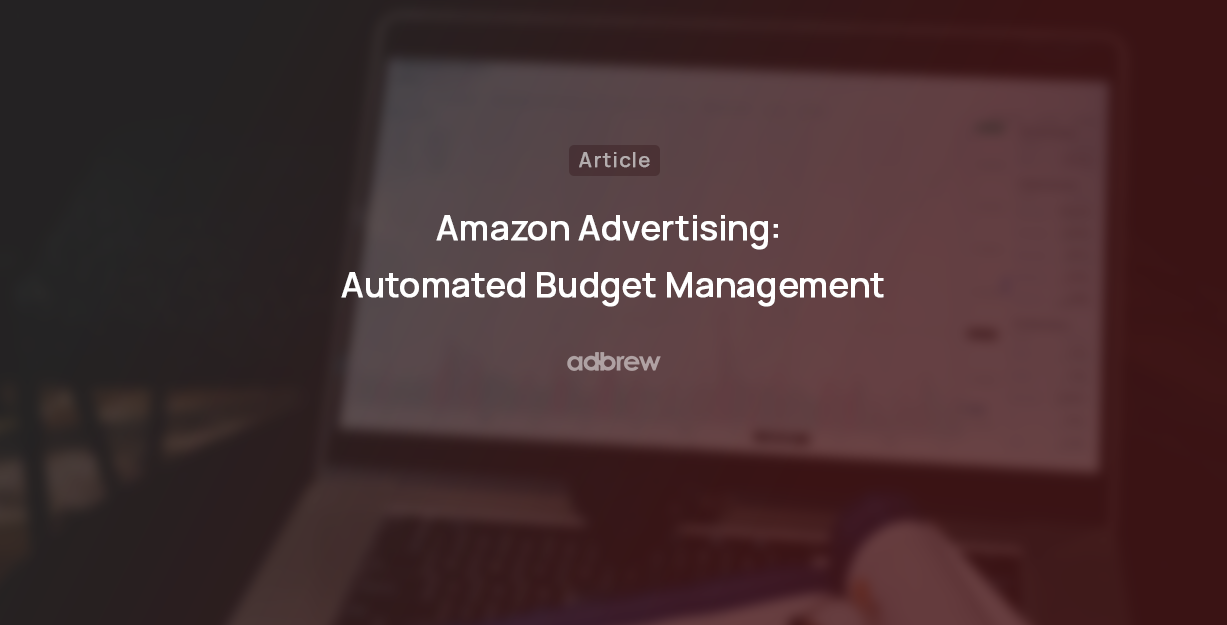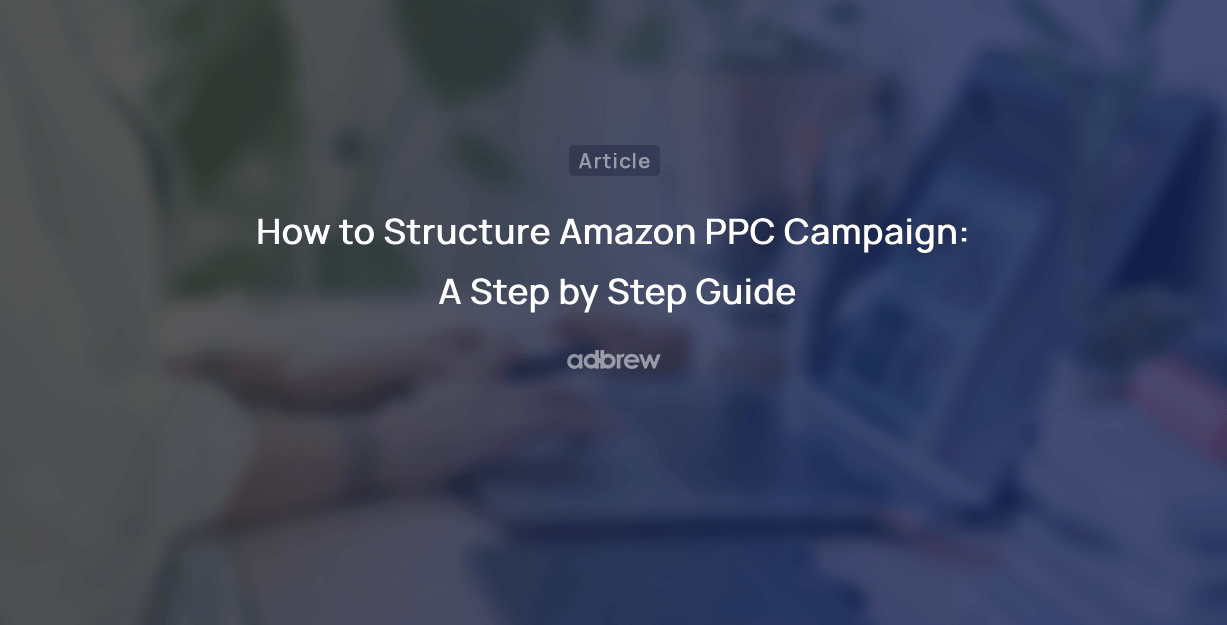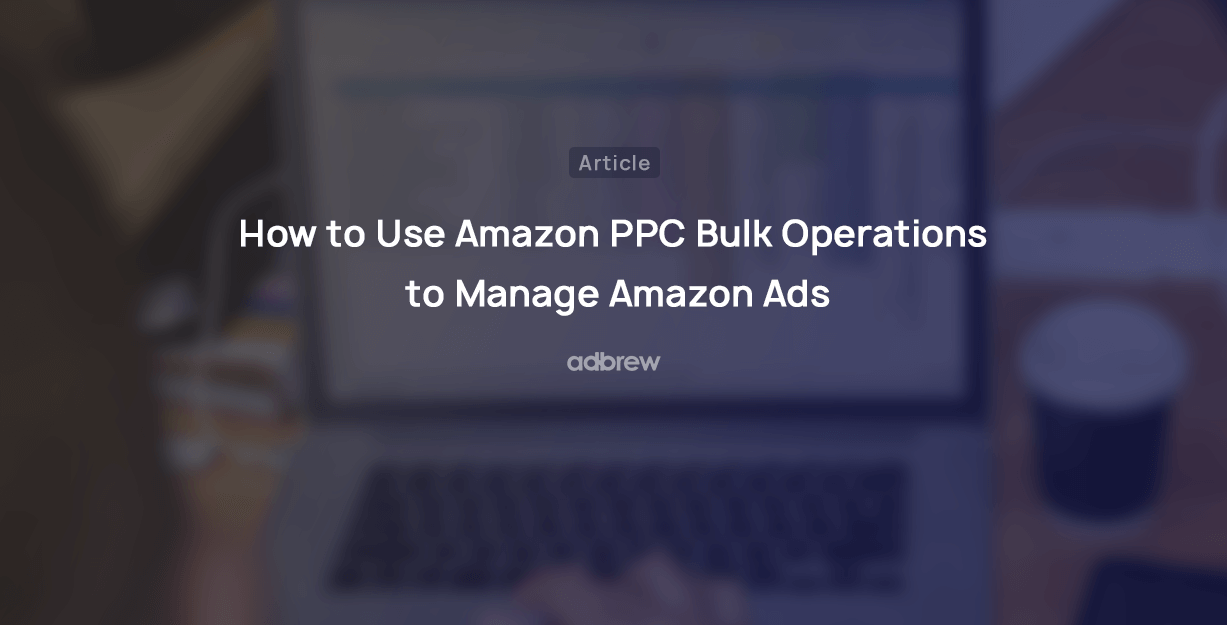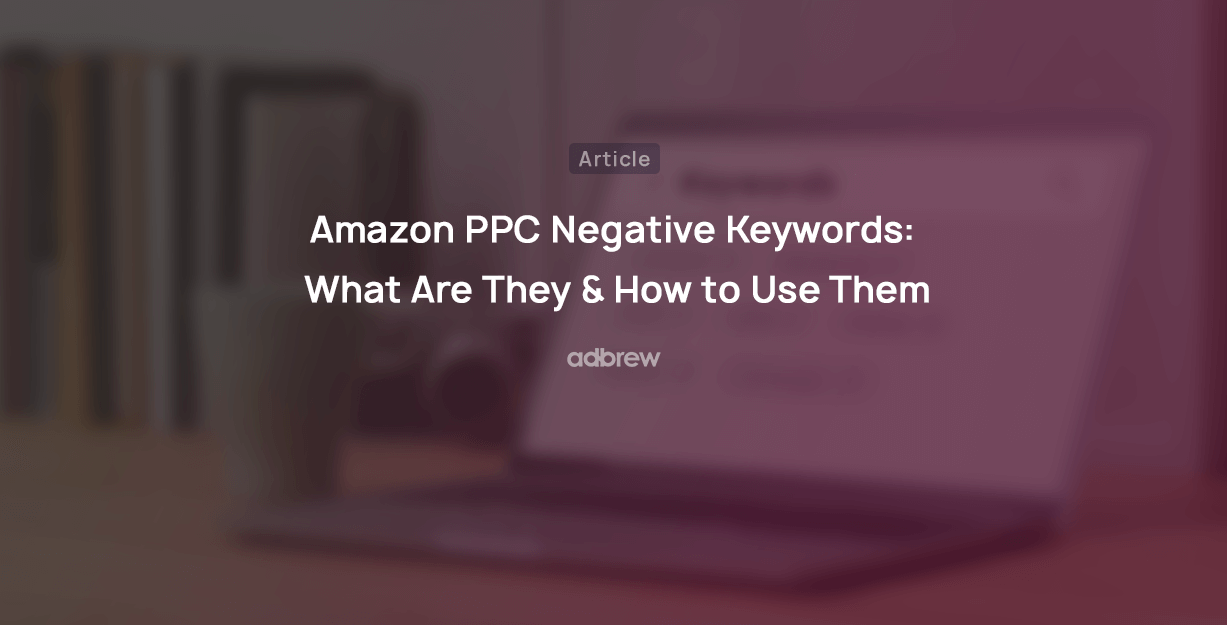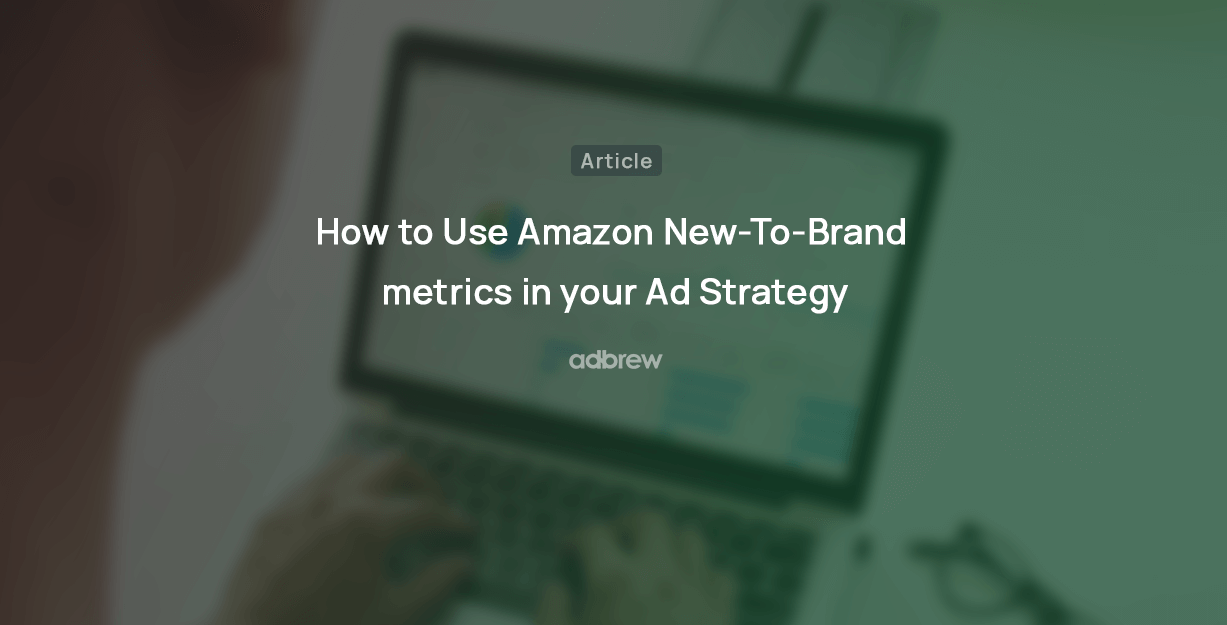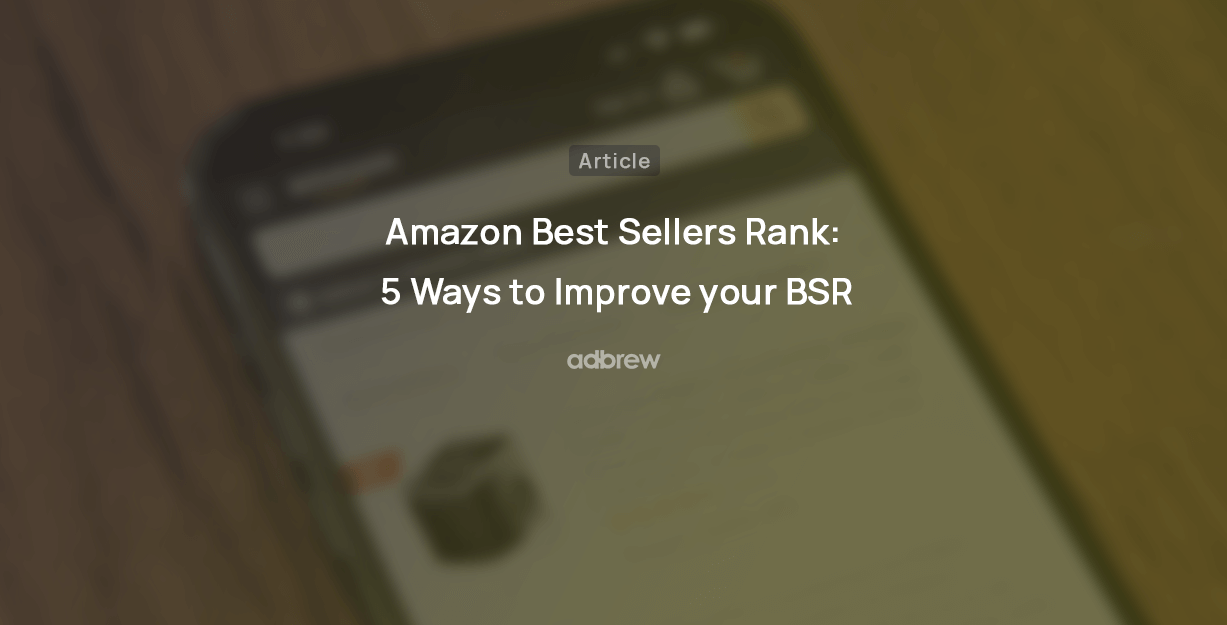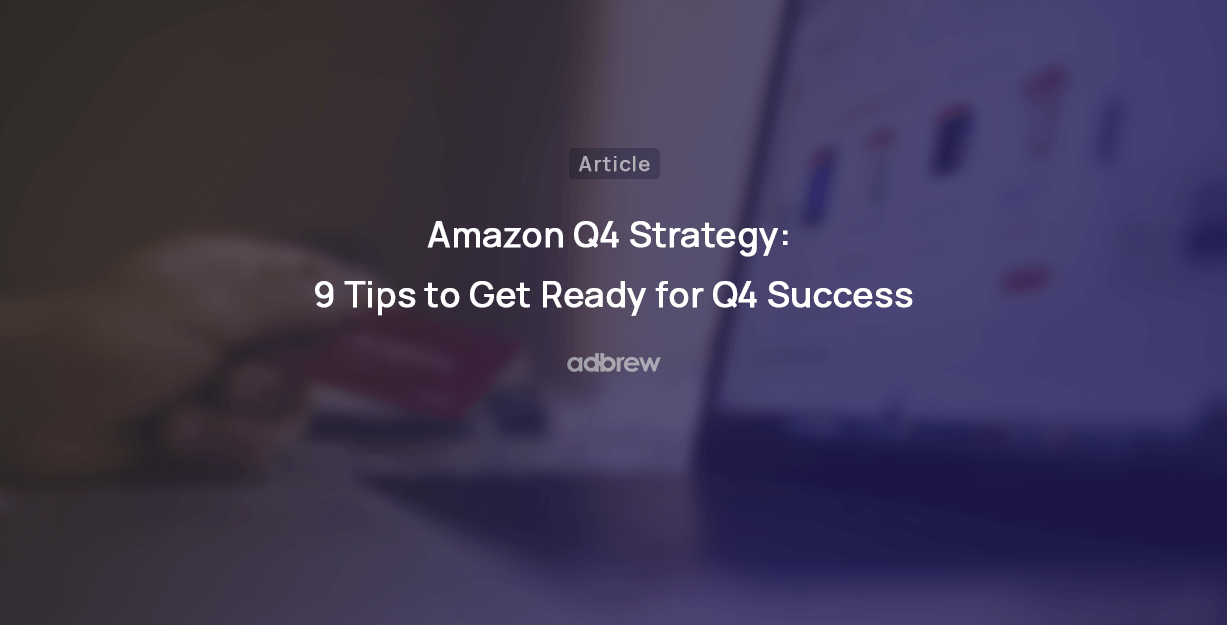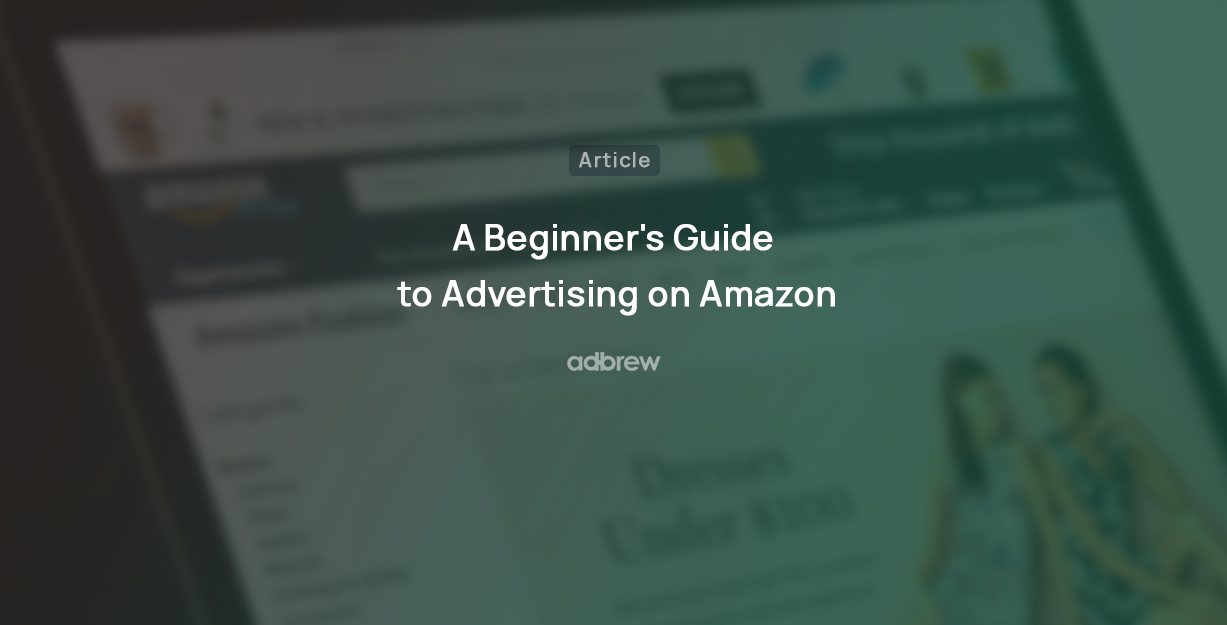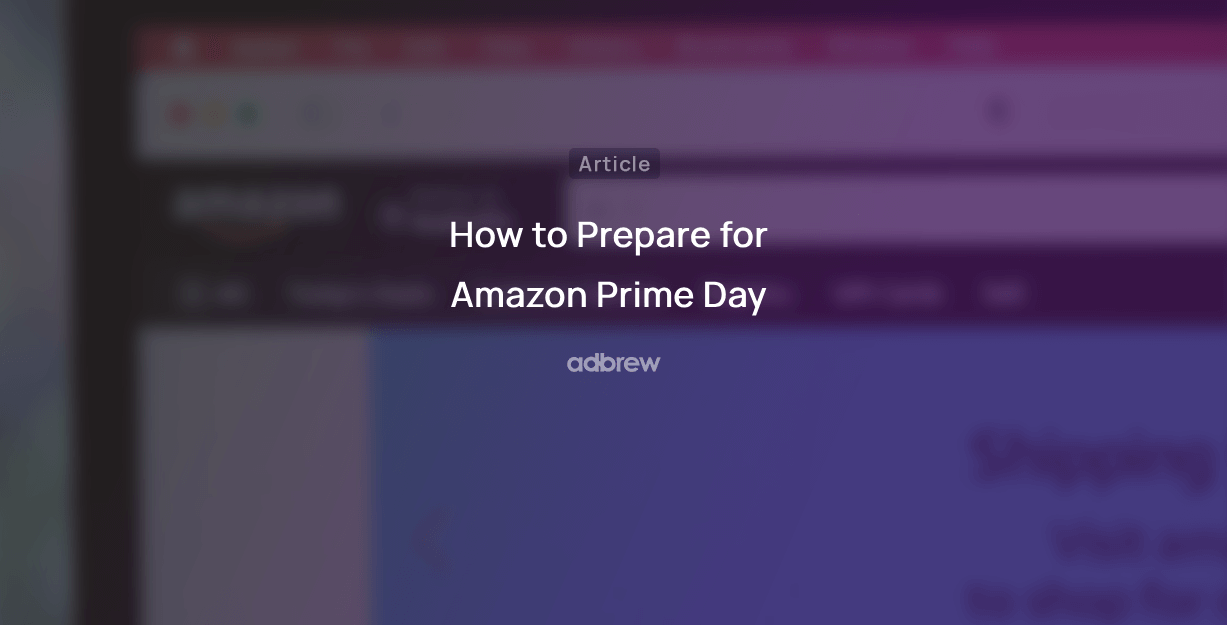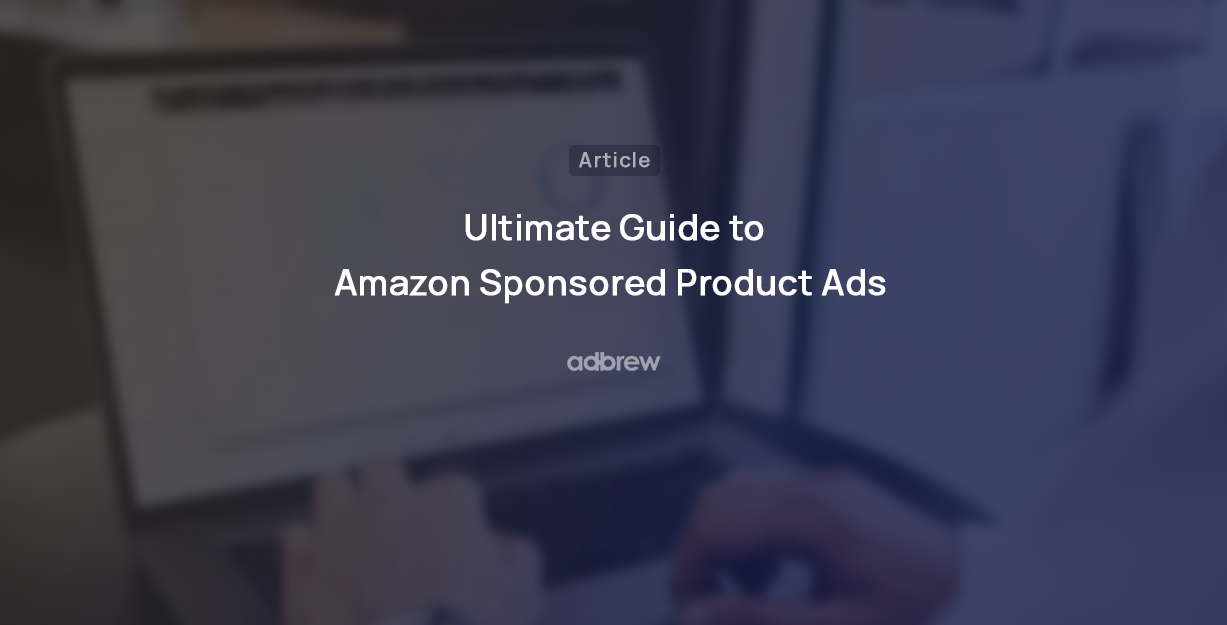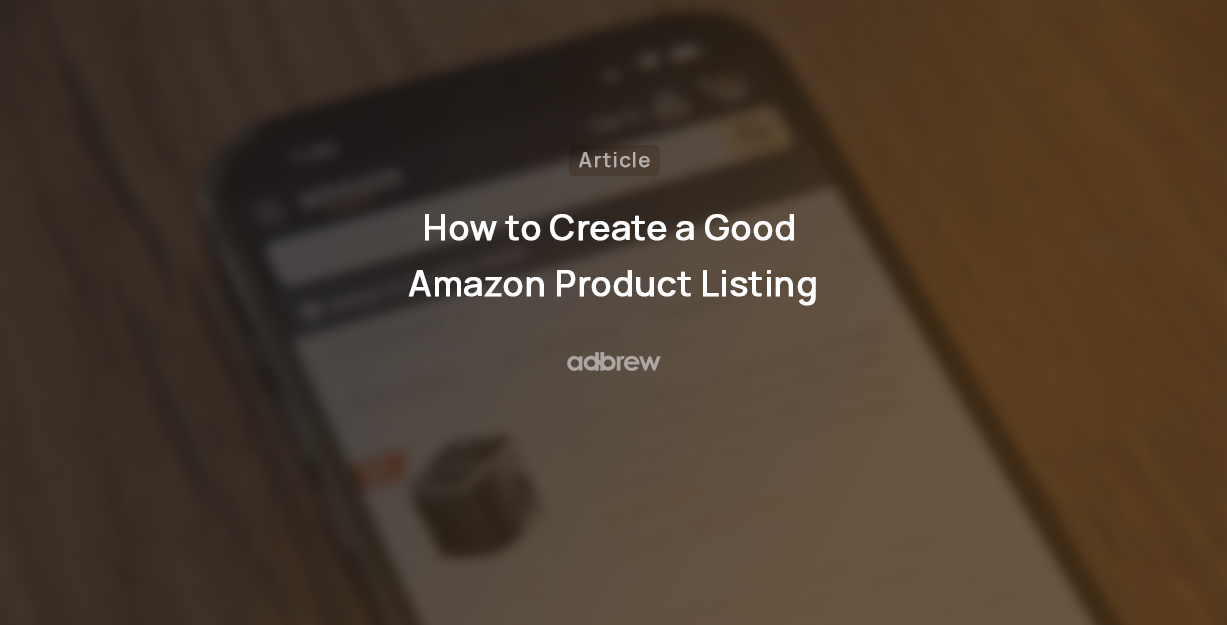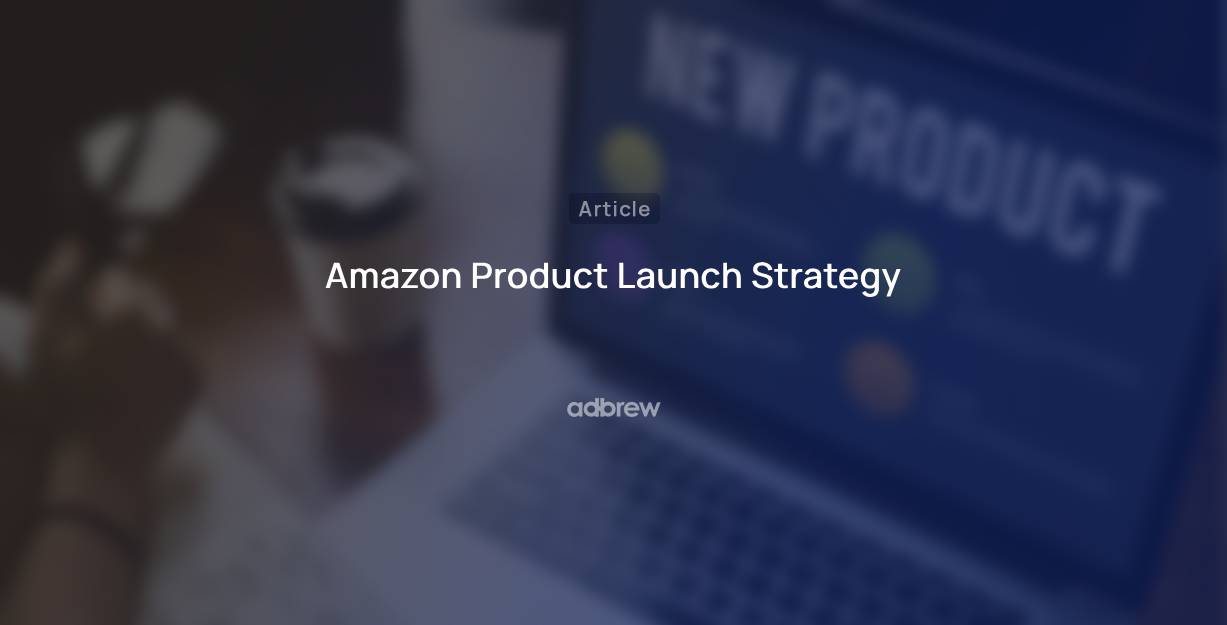
A well-executed Amazon product launch strategy can be the key to unlocking success and gaining a competitive edge. As the world’s largest online marketplace, Amazon presents a vast and diverse platform for sellers to showcase their products. However, standing out amidst the multitude of offerings requires a carefully crafted product launch strategy that goes beyond mere listing.
This blog explores the essential elements and proven techniques for a successful Amazon product launch, delving into the intricacies of building visibility, optimizing listings, leveraging advertising, and ultimately captivating the attention of the discerning online consumer. Whether you’re a seasoned seller or embarking on your first foray into the digital marketplace, understanding the nuances of an effective Amazon product launch is crucial for you.
Challenges of Launching a Product on Amazon
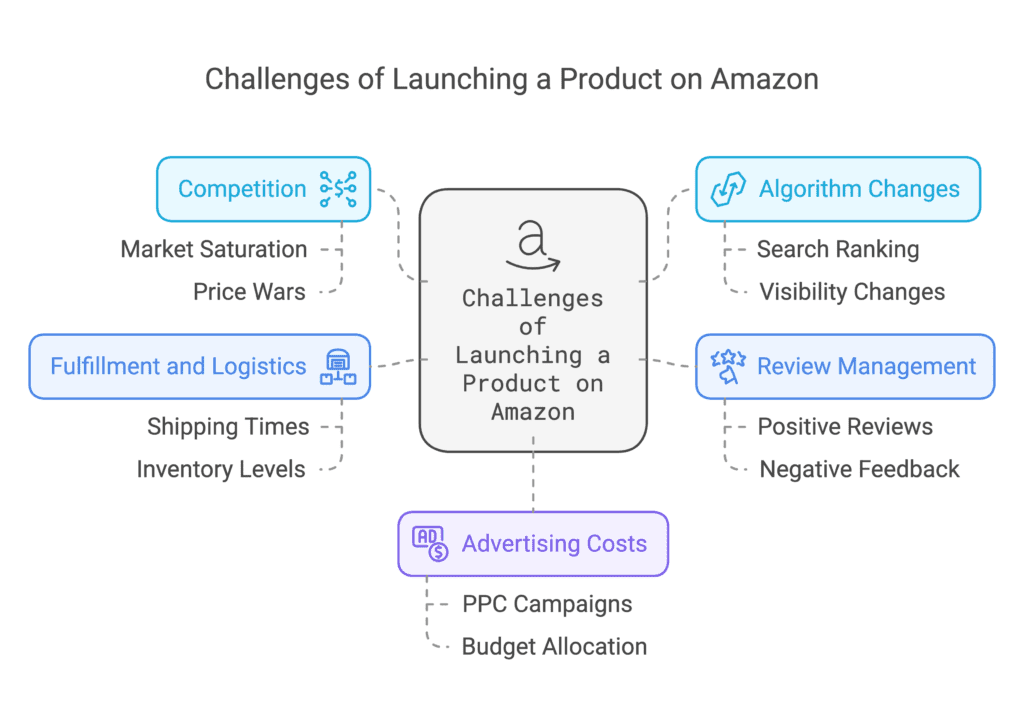
1. Competition
The sheer volume of sellers on Amazon can make it challenging to stand out in a crowded marketplace. Similar products and an abundance of choices can lead to intense competition for visibility and customer attention. Hence, you should try to avoid a competitive niche while launching a new product as part of a Amazon product launch strategy.
2. Algorithm Changes
Amazon frequently updates its algorithms, affecting search rankings and product visibility. Keeping up with these changes and adapting strategies accordingly is essential for maintaining a competitive edge.
3. Review Management
Gaining the first few reviews, that are too positive is crucial for building trust among potential buyers. However, managing and maintaining reviews, especially in the face of negative feedback, can be a delicate task that requires constant attention.
4. Fulfillment and Logistics
Efficient order fulfillment and reliable logistics are essential for customer satisfaction. Issues such as inventory management, shipping delays, and product returns can impact the overall success of a product launch on Amazon.
5. Advertising Costs
While Amazon advertising can significantly boost product visibility, it comes with costs. Balancing an effective advertising strategy within a budget is a common challenge for sellers, especially those with limited resources.
Benefits of a good Amazon product launch strategy
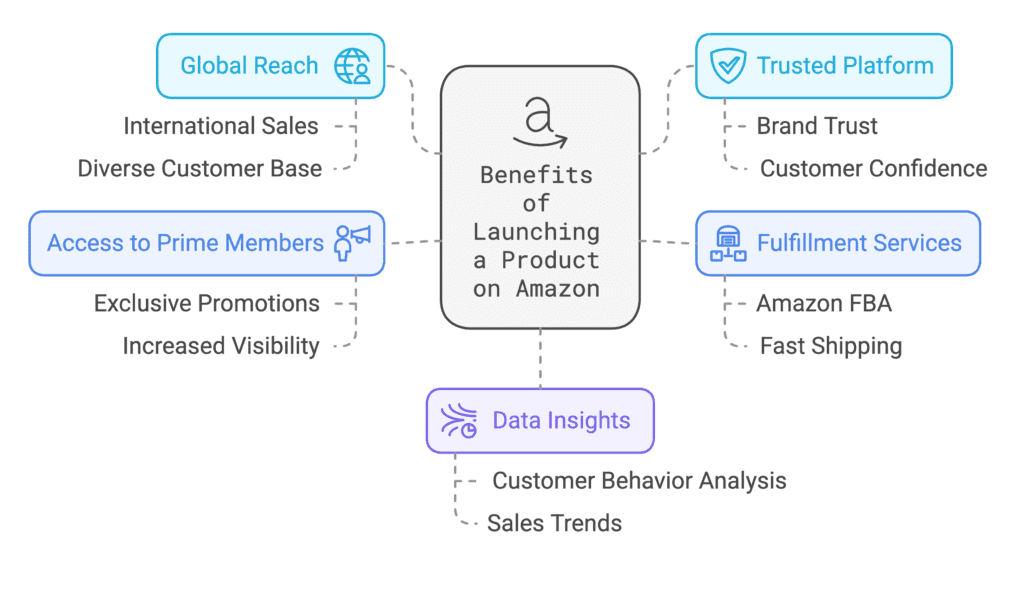
1. Global Reach
Amazon’s global presence allows sellers to reach a vast and diverse audience. This extensive customer base provides the opportunity to introduce products to markets around the world.
2. Trusted Platform
Amazon’s reputation as a trustworthy and customer-focused platform can instill confidence in buyers. The familiar and secure shopping environment encourages customers to make purchases with peace of mind.
3. Fulfillment Services
Amazon offers fulfillment services like Fulfillment by Amazon (FBA), enabling sellers to leverage the company’s extensive logistics network for storage, packing, and shipping. This can streamline operations and enhance the overall customer experience.
4. Access to Prime Members
Products listed with FBA are often eligible for Amazon Prime, providing an opportunity to tap into the substantial and loyal Prime member base. Prime members typically enjoy faster shipping, increasing the chances of conversion.
5. Data Insights
Amazon provides valuable data and analytics tools that allow sellers to track performance, understand customer behavior, and optimize their strategies. This data-driven approach can contribute to more informed decision-making and improved results.
Drafting an Amazon product launch strategy requires navigating these challenges while leveraging the platform’s extensive benefits. A well-planned strategy that addresses the complexities of the marketplace can position sellers for success on Amazon. This article is designed to guide you through the creation of your Amazon product launch plan, which we’ve organized into three distinct phases:
- Prelaunch Blueprint
- Launch Tactics
- Post-Launch Execution
By breaking down the process into these three parts, we aim to provide a comprehensive and structured approach to ensure the success of your product on Amazon. Each phase addresses crucial elements in the journey of a newly launched product, helping you navigate the complexities of pre-launch preparation, strategic launch activities, and effective post-launch follow-through.
Prelaunch Blueprint
Understanding Amazon A9 Algorithm
Understanding the Amazon A9 algorithm is foundational for a successful Amazon product launch strategy. A9 is Amazon’s proprietary search algorithm that determines product rankings based on various factors such as relevance, customer behavior, and product listing optimization. Delving into its mechanics allows sellers to tailor their product listings to align with A9’s criteria, optimizing visibility and increasing the chances of reaching potential customers.
By comprehending the intricacies of the Amazon A9 algorithm, sellers can strategically position their products to stand out in search results. This knowledge empowers sellers to craft an optimized listing that resonates with both customer preferences and A9’s ranking parameters, fostering a higher likelihood of appearing at the top of relevant search queries and ultimately driving organic traffic to their products.
Product research
It is a critical process involving the analysis of market trends and consumer demand to identify lucrative product opportunities. Sellers conduct thorough investigations into various product categories, evaluating factors such as competition levels, product sales volume, and customer reviews. This research enables sellers to make informed decisions and identify high-demand products with substantial search volume and limited customer reviews. This signifies strong market demand and a potential opportunity to compete more effectively.
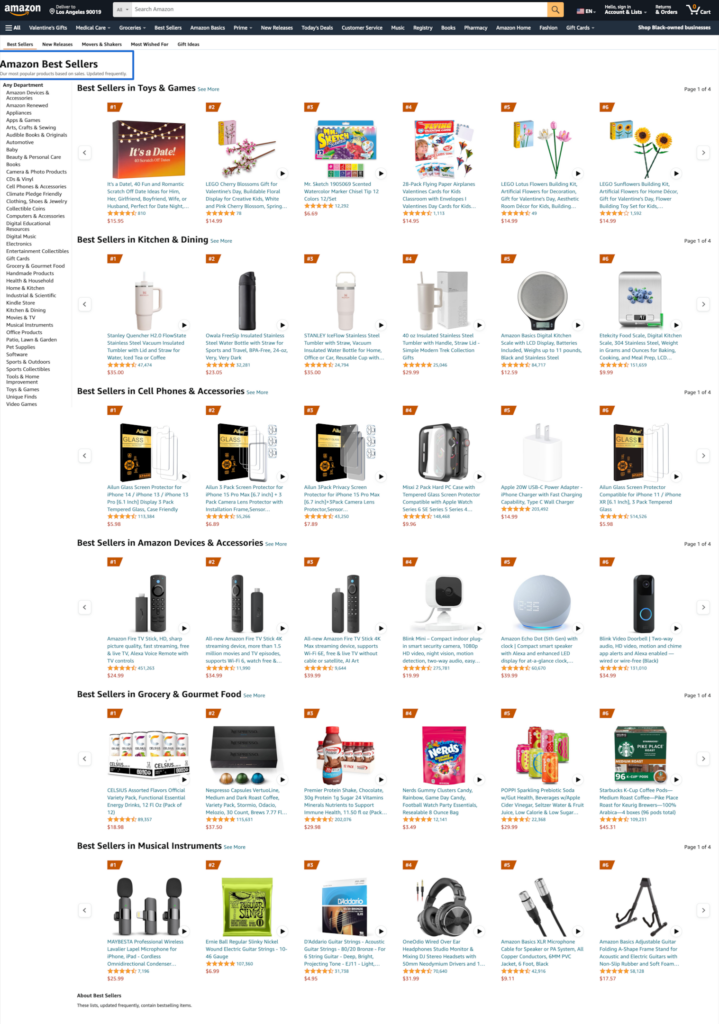
Initiate your product research by exploring the top-performing items across diverse Amazon categories. This serves as a valuable source of inspiration, allowing you to identify common traits among best sellers. Look for products that strike a balance between affordability and quality, garner positive reviews, and appeal to a broad customer base rather than catering to a niche audience. Analyzing these successful products can offer insights and guidance for your product selection strategy.
Differentiate your product by adding a creative touch. Consider the overall costs, including production, shipping, and marketing expenses. Be financially savvy and choose something you’re passionate about for a more enjoyable work experience. Blend creativity, financial wisdom, and personal interest for a strong start on Amazon. However, be strategic—analyze the competition, find a niche where you can shine, and research where your unique product fits well in the market. All of this together accounts for a successful Amazon product launch strategy.
Identify Your Ideal Customer Profile (ICP)
Understanding your Ideal Customer Profile (ICP) is crucial for a successful Amazon product launch strategy. Begin by defining the characteristics of your ideal customer—the ones most likely to benefit from and appreciate your product. Consider factors such as demographics, interests, and purchasing behaviors.
This identification process helps tailor your product, marketing strategies, and messaging to resonate with your target audience. By crafting your product launch with your ICP in mind, you increase the likelihood of attracting the right customers who are not only interested in your offering but also more likely to become loyal, repeat buyers. Regularly reassess and refine your ICP as your business grows to ensure your strategies remain aligned with the evolving needs and preferences of your ideal customers.
Set up Prices for your SKUs
Determining the right pricing is a crucial aspect of your Amazon product launch strategy checklist. Begin by conducting market research to understand the pricing landscape within your niche. Analyze competitor prices, taking into account factors such as product features, quality, and customer perception.
Consider your costs, including manufacturing, shipping, Amazon fees, and any additional expenses. Factor in your desired profit margin while ensuring your prices remain competitive. Keep in mind the perceived value of your product in the eyes of your target audience.
Dynamic pricing, where you adjust prices based on demand and competition, can be a strategic approach. Utilize tools and analytics to monitor market trends and competitor pricing, allowing you to make timely adjustments and stay competitive.
Enroll in Amazon FBA
Taking advantage of Amazon’s Fulfillment by Amazon (FBA) service can significantly streamline your product logistics and enhance the overall customer experience. To enroll in FBA, start by creating a seller account on the Amazon platform if you haven’t already.
Once registered, navigate to the “Fulfillment by Amazon” section in your seller account. Follow the prompts to set up your FBA account, which includes providing information about your products, shipping plans, and inventory.
Prepare your products for shipment to an Amazon fulfillment center by labeling them with the required barcodes and packaging them according to FBA guidelines. After shipping your products, Amazon takes care of storage, packing, and shipping when orders are placed, allowing you to focus on other aspects of your business.
While FBA offers convenience, be mindful of associated fees, including storage and fulfillment costs. Regularly monitor your FBA performance metrics and adjust your inventory levels accordingly to ensure a smooth and efficient fulfillment process. Overall, enrolling in Amazon FBA can be a game-changer for sellers, providing a scalable and efficient solution for order fulfillment. Enrolling in Amazon FBA is by far the most important thing in overall Amazon product launch strategy.
Launch Tactics
Optimize your listings
Making your Amazon product stand out involves thorough keyword research. Start by finding words that people often search for and relate to your product. Put these words in your product title, bullet points, and description to help more people find what you’re selling.
Make your product title and description interesting and easy to understand, using words that your customers like. Talk about why your product is special and what makes it great.
Keep an eye on how well your chosen words are working. See what people are searching for and adjust your words accordingly. This helps your product stay noticeable and popular on the Amazon marketplace. It is one of the most crucial facets of a Amazon product launch strategy.
Drive External Traffic
After initial sales or the first few sales, driving external traffic to your listing is a crucial aspect of maximizing your online presence and increasing visibility for your products or services. While platforms like Amazon marketplace provide a built-in customer base, strategically bringing in an external audience can unlock more sales potential. Here are some effective strategies to drive external audience to your listing:
Social Media Marketing: Leverage the power of social media platforms to promote your listings. Create engaging and visually appealing content that showcases your products or services. Share links to your listings, run targeted ads and encourage your followers to visit your online store. Utilize platforms like Instagram, Facebook, Pinterest, and Twitter to reach a wider audience.
Influencer Marketing: Partner with influencers or bloggers in your niche to reach their followers. Influencers have dedicated audiences who trust their recommendations. Provide them with your products or services for review and ask them to share their experience with their audience, including links to your listing. This can lead to increased exposure and potential sales.
Email Marketing: Build and maintain an email list of interested customers. Regularly send out newsletters or promotional emails that highlight your products or services. Include links directly to your online listing, and consider offering exclusive discounts or promotions to encourage recipients to visit and make a purchase.
Collaborate with Bloggers and Content Creators: Reach out to bloggers or content creators in your industry for collaboration opportunities. They can review your products or services and share their experiences on their blogs or YouTube channels. Backlinks from reputable sources can positively impact your search engine rankings and drive organic traffic to your listing.
Search Engine Optimization (SEO): Optimize your product listings for search engines to increase visibility. Use relevant keywords in your product titles, descriptions, and tags. Create high-quality, informative content that appeals to both search engines and potential customers. Improved SEO can lead to better rankings on search engine results pages (SERPs), driving more traffic to your listing.
Online Advertising: Invest in online advertising campaigns to target specific demographics and interests. Platforms like Google Ads, Facebook Ads, or Instagram Ads allow you to reach potential customers based on their online behavior. Create compelling ad copies with clear calls to action that direct users to your listing.
Cross-Promotions and Partnerships: Explore opportunities for cross-promotions with other businesses in your niche. This can involve joint marketing campaigns, co-hosted events, or reciprocal promotions.
Regularly analyze the performance of these efforts and adjust your strategy accordingly to ensure long-term success.
Post Launch Executions
Post-launch executions play a pivotal role in the success of your product or service, and one key element is garnering reviews to create social proof. Positive reviews not only instill trust in potential customers but also enhance your brand’s credibility. Here are strategies to actively pursue and leverage reviews for social proof:

Encourage Customer Feedback: Promptly reach out to customers after a purchase, asking them to share their experiences. Make the process user-friendly by providing direct links to your review platforms. Emphasize the importance of their feedback in improving your products or services, which can motivate customers to leave reviews.
Offer Incentives: Incentivize customers to leave reviews by offering discounts, exclusive access, or loyalty points. This can be an effective way to motivate satisfied customers to take the time to share their positive experiences. Ensure that your incentive program complies with the policies of the platform you are using.
Utilize Automated Review Requests: Implement automated systems or email campaigns to send review requests at strategic times post-purchase. Customize these messages to express gratitude for their recent transaction and politely request feedback. Automating this process can streamline the collection of reviews without being overly intrusive.
Utilize Social Media: Leverage your social media channels like relevant Facebook groups to encourage customers to share their experiences. Create engaging posts that invite users to comment with their thoughts or use specific hashtags related to your brand. Repost positive comments or reviews on your official social media accounts, amplifying positive sentiments.
Respond to Reviews: Actively engage with both positive and negative reviews. Responding to reviews shows that you value customer feedback and are committed to addressing concerns. For positive reviews, express gratitude and encourage a continued relationship. For negative reviews, demonstrate your dedication to resolving issues and improving customer satisfaction.
Run Review Campaigns: Periodically run campaigns focused on collecting reviews. Promote these campaigns through email newsletters, social media, and other marketing channels. Consider offering exclusive incentives like coupon codes to Amazon shoppers or running contests to encourage participation. Post launch exections too are very important factors in overall Amazon product launch strategy.
Amazon Vine Program
The Amazon Vine program is an invitation-only initiative where trusted reviewers, known as Vine Voices, receive free products from participating sellers. These reviewers then share their unbiased opinions through written and video reviews on Amazon. This program enhances product visibility, credibility, and provides valuable feedback for both sellers and potential buyers.
Run Amazon PPC campaigns
Running effective Amazon PPC campaigns is essential to generate sales and visibility, especially during a product launch. Initial PPC efforts ensure that your
Incorporating tools like Adbrew streamlines and automates bid management, ensuring optimal performance and efficient utilization of your advertising budget. Utilize compelling ad copies, strategic keyword targeting, and data-driven insights to continuously refine and optimize your campaigns for maximum impact.
Conclusion
Embarking on an Amazon journey necessitates navigating challenges like intense competition, algorithm intricacies, and the delicate task of review management. This blog elucidates the nuances of successful a Amazon product launch strategy. From understanding the Amazon A9 algorithm and conducting in-depth research to leveraging external traffic and utilizing Amazon PPC campaigns, each phase contributes to a well-rounded strategy.
Encouraging positive reviews, engaging on social media, and running review campaigns ensure the creation of social proof, maintaining a delicate balance between advertising costs and sales velocity during this dynamic launch phase.
Maximize Your ROI on Amazon Advertising Spend
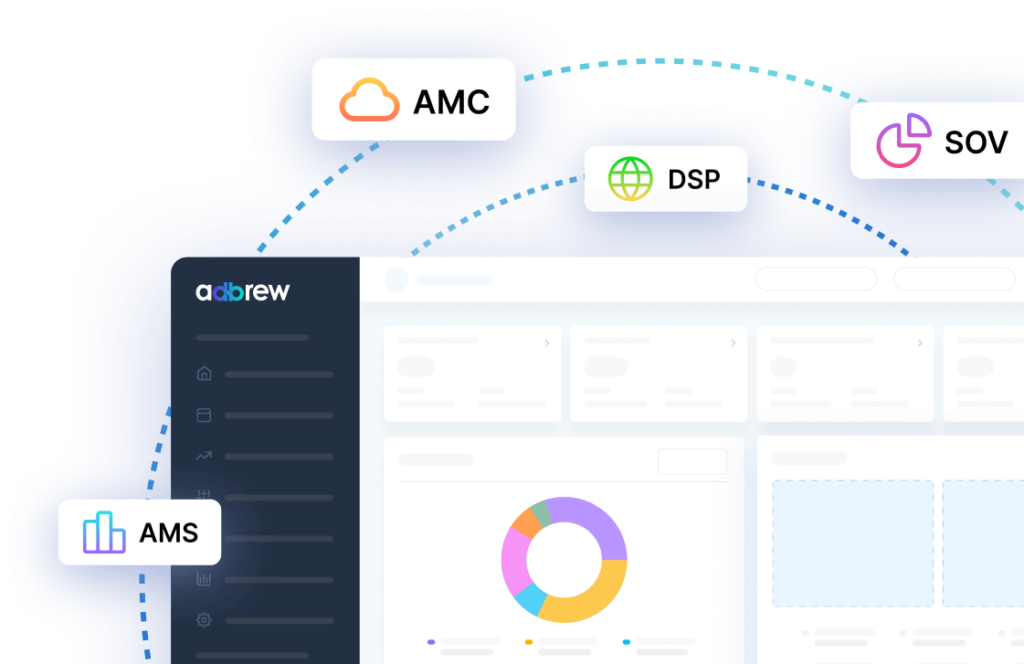
Frequently Asked Questions
What is the role of influencer marketing in an Amazon product launch?
Influencers help boost product visibility and credibility. Partnering with niche influencers ensures your product reaches a relevant audience.
How long should a product launch campaign last?
Typically, product launches span 30-90 days, focusing on generating initial sales and reviews. Adjust the duration based on your goals and competition. This should be planned well while drafting Amazon product launch strategy.
What are the best practices for setting a launch budget?
Allocate funds for product sourcing, advertising, and promotions. Monitor expenses closely and adjust based on ROI to ensure efficient budget utilization.
Which service providers can help you with Amazon product launches?
For Amazon product launches, you can take help from service providers like Marketplace AMP. Marketing agencies, PPC experts, and influencer platforms can also help boost sales.
Recent Posts
Take your Amazon PPC advertising to the next level

Related Blogs
Running Amazon ads with an empty shelf? You might as well be burning cash. Many sellers focus on optimizing bids, […]
In today’s competitive digital landscape, growing your eCommerce brand requires more than just a standalone website or a single marketplace […]
Are you an Amazon seller looking to offload excess inventory or seasonal items? The Amazon Outlet program might be just […]
Turning your bookshelf into a source of income has never been easier, thanks to Amazon. If you have books collecting […]
If you’re an Amazon seller, encountering an account suspension or policy violation can be a significant setback. But with the […]
Introduction Amazon dropshipping is an increasingly popular way to run an e-commerce business without the need to store or ship […]
Introduction The Amazon Influencer Program is a great way for content creators to turn their influence into earnings. This program […]
Introduction Amazon Kindle Direct Publishing (KDP) is a platform that allows authors to self-publish their work as ebooks or print […]
Selling on Amazon offers many opportunities for businesses, but it’s essential to understand the costs involved with Fulfillment by Amazon […]
Walmart is quickly becoming a popular platform for brands and sellers to connect with more customers. One way to boost […]
In today’s competitive retail landscape, reaching the right audience at the right time is crucial for success. Walmart’s Demand Side […]
In today’s fast-paced eCommerce landscape, shoppers demand speedy delivery. Walmart has responded by offering 2-day shipping, giving sellers on the […]
Running successful Walmart advertising campaigns takes more than just setting them up—it requires ongoing optimization. A Walmart PPC (Pay-Per-Click) audit […]
Are you ready to tap into the massive potential of Walmart Marketplace? With millions of daily visitors and a loyal […]
In the world of e-commerce, Amazon and Walmart reign supreme, dominating the retail landscape. These two giants offer vast opportunities […]
Are you a brand owner struggling to maintain control over your products on Walmart? The Walmart Brand Portal is here […]
Are you dreaming of a passive income stream from your Walmart store? The allure of an automated Walmart store with […]
Are you a seller looking to tap into the massive market of private-label brands? Walmart, one of the world’s largest […]
Tired of your Walmart products getting lost in the shuffle? In this blog post, we’ll dive into the essential strategies […]
Ever wondered why some Amazon sellers seem to have a magic touch with product bundles? It’s not luck—it’s strategy. Bundling […]
If you’re a Walmart seller looking to grow your business through retail media, Walmart Connect could be a game-changer. But […]
If you’re an Amazon seller, you may have noticed a portion of your inventory marked as “reserved” without knowing exactly […]
Have you ever wondered what managing your own Amazon orders is like? Switching from Fulfilled by Amazon (FBA) to Fulfilled […]
Walmart Marketplace offers an exciting opportunity for sellers to reach a vast audience by listing their products on Walmart’s platform. […]
Selling products on online marketplaces has become a vital strategy for businesses to reach more customers. If you’re looking to […]
Are you a Walmart seller aiming to improve your visibility and sales? In this blog, we will explore Walmart SEO, […]
As an Amazon brand owner, maintaining control over your product listings is essential to protect your brand’s reputation and customer […]
Improving your sales on Walmart starts with understanding how to consistently win the Buy Box. Securing this position can make […]
Are you an Amazon seller struggling to increase your rating? A high seller rating is crucial for attracting new customers […]
As an Amazon seller, providing the best customer service is paramount to maintaining a positive customer experience. One key metric […]
If you’re an Amazon seller and curious about Amazon IPI score and its impact on your business, this blog post […]
Introduction Starting an Amazon subscription box business presents a unique opportunity to tap into the growing trend of curated, recurring […]
Thinking about using Fulfillment by Amazon (FBA) to sell on the Amazon marketplace? Awesome! But before you box up your […]
Thinking about using Fulfillment by Amazon (FBA) to streamline your Amazon business? While FBA offers a convenient way to store […]
For FBA sellers, the Amazon Buy Box is the holy grail of product visibility. But with constant algorithm updates and […]
Have you ever wished you could offer customers pre-made packages of complementary products without the hassle of physically bundling them […]
Have you ever wanted to create a more branded and engaging presence for your products on Amazon? An Amazon storefront […]
Are you storing items on Amazon for a while? If so, it’s important to be aware of Amazon long term […]
When selling products on Amazon, it is crucial to follow their packaging requirements, rules, and guidelines. Proper packaging ensures that […]
Amazon A/B testing can significantly enhance your product listings and boost sales. This method, also known as split testing, involves […]
Have you ever browsed Amazon and stumbled upon a product with a little blue badge that reads “Amazon’s Choice“? It […]
Amazon FBA vs FBM needs to be explored, when we ship products and handle orders while selling on Amazon. With […]
Ever feel like you’re missing something in your Amazon PPC Search Terms report? You might be! Sure, they show what […]
Amazon can be a fantastic platform to reach new customers, but keeping your virtual shelves stocked can get tricky. That’s […]
Navigating Amazon as a new seller can be tough, but there are tools and programs available to help such as […]
Have you ever scrolled through an Amazon search result page and noticed product recommendations nestled alongside the standard listings? These […]
Finding time for yourself while selling on a competitive marketplace like Amazon can be challenging. As a seller, your main […]
Starting an E-commerce business has become quite easy with Amazon, but it also brings heavy competition. Millions of Amazon sellers […]
As an Amazon seller, you know the importance of getting your products seen. But with millions of listings, how do […]
Ever scrutinized an Amazon product page and noticed the cryptic “Sales Rank”? Wondering what it means and how it impacts […]
Millions of products compete for customer attention on Amazon’s search results page, making it tough for your brand to stand […]
Are you selling products on Amazon and looking to increase your sales? This blog is for you. We’ll share tips […]
Are you an Amazon seller looking to boost your brand visibility and profitability? Are you feeling stuck in the cycle […]
Ever wonder what drives your online shopping habits? Perhaps a captivating product description, or an eye-catching professional photo? As it […]
For any seller on Amazon, understanding the A9 algorithm is crucial for success. This complex algorithm dictates which products appear […]
Are you an Amazon seller looking to turn those single purchases into recurring revenue? Look no further than the Subscribe […]
Amazon has become a go-to platform for all e-commerce business owners to launch and scale their e-commerce brands online. But […]
Mother’s Day, a time to celebrate the incredible women who raised us, is a prime opportunity for Amazon sellers to […]
In the ever-competitive landscape of Amazon, ranking high in organic search results is crucial for driving sales. While you might […]
If you’ve ever found yourself scratching your head over Sessions and Pageviews on your Amazon business reports, you’re not alone. At […]
Amazon is a massive marketplace, attracting millions of customers with diverse needs, preferences, budgets, and mindsets for shopping. To effectively […]
With Amazon boasting over $575 billion in retail sales for 2023, it’s no wonder so many sellers flock to its […]
Advertising on Amazon through pay-per-click campaigns can significantly enhance product visibility and sales for sellers. However, mastering Amazon PPC, with […]
Have you heard of the terms copyright infringement and plagiarism? If so, then Amazon Brand gating won’t be unfamiliar to […]
If you are running ads on Amazon, you’ll come across a sea of data in your advertising console. But does […]
Have you heard of the terms copyright infringement and plagiarism? If so, then Amazon Brand gating won’t be unfamiliar to […]
In the fast-paced world of e-commerce, where shoppers are bombarded with choices, standing out on platforms like Amazon is paramount […]
Are you planning to start an Amazon FBA store? If so, you’ll encounter a unique term – FNSKU. This seemingly […]
As an Amazon seller, you understand the power of reviews. They’re the lifeblood of trust and conversion on the platform. […]
Are you struggling to get Amazon reviews on your product? Well, you are not alone! Reviews are the backbone of […]
Are you tired of bland Amazon product listings failing to grab attention? In today’s competitive online marketplace, standing out is […]
As an Amazon seller, understanding how your brand performs throughout the customer journey is vital for success. However, until recently, […]
As an Amazon seller, optimizing your business and maximizing profits relies heavily on data analysis. One invaluable tool for gaining […]
Are you struggling to get noticed on Amazon’s massive platform? Do your products get lost in a sea of similar […]
For any Amazon seller getting into the world of sponsored advertising, understanding the Advertising Cost of Sale (ACoS) is crucial. […]
A well-executed Amazon product launch strategy can be the key to unlocking success and gaining a competitive edge. As the […]
In the ever-evolving landscape of e-commerce, distinguishing between keywords and search terms is vital for optimizing product visibility and driving […]
Ever felt like you are throwing darts in the dark when it comes to your marketing efforts outside Amazon for […]
Amazon, the e-commerce giant, has successfully concluded a robust business year with outstanding performance in quarter 4. The most recent […]
Picture this: you have a great product on Amazon, but it’s not selling well despite having attractive images and a […]
The advertising landscape is evolving, and viewers are rapidly migrating from traditional cable TV to streaming platforms. This presents a […]
Feeling lost in the Amazon discount jungle? Struggling to reach the right customers and entice them to make the purchase? […]
Are your products getting lost in the vast ocean of Amazon listings? Do you want them to stand out, rank higher, […]
For years, Amazon sellers were in the dark. They couldn’t see what keywords customers were using to find their products, […]
Selling on Amazon can be tough with so many others doing the same in your category. That’s why it’s super […]
For Amazon sellers, understanding their customers has often felt like navigating a maze without a map. The missing link? A […]
Have you ever felt like your Amazon advertising campaigns are lost in a tangled jungle of keywords? You’re not alone. […]
When did you last give your Amazon PPC account a checkup? Regular Amazon PPC audits are crucial to ensure the […]
Embarking on the path of online selling? If so, you’re likely aware that Amazon is your ultimate destination. With a […]
Ever felt like your product is lost in the vast Amazon jungle? You’re not alone. With millions of shoppers actively […]
Amazon Sellers selling on the Amazon marketplace usually utilize Amazon advertising without keeping a close eye on the TACoS metric. […]
The rush of Black Friday and Cyber Monday might be over, but the opportunity for continued sales growth extends beyond […]
In the fierce Amazon advertising domain, where competition rises and costs increase, understanding and keeping track of the right metrics […]
Have you ever felt the frustration of campaigns going out of budget, leading to missing out on potential sales, or, […]
Amazon PPC campaigns can be a powerful tool for driving traffic and sales to your products. However, without proper structure, they […]
Whether you are creating a new advertising campaign or optimizing existing ones, doing it manually from the Amazon ad console […]
Want to know what search terms people use to visit or purchase your product on Amazon? If yes, you’re in […]
When you are spending dollars or even more to get a click on your Amazon ads, you want to ensure […]
Are you an Amazon seller looking to maximize your profits and minimize your advertising costs? If so, you’re not alone. Many […]
Are you exclusively relying on traditional metrics such as CTR, CPC, CVR, or ROAS to make your campaign optimization decisions? […]
Navigating the ever-evolving landscape of Amazon’s online marketplace is essential for any seller looking to thrive on the platform. Among […]
As the holiday season approaches, businesses are gearing up for the highly anticipated Q4 rush. To ensure a successful Q4, […]
Do you regularly review your Amazon advertising reports? If not, you may be missing out on numerous opportunities. Amazon […]
Whether you’ve just launched a new product or have been selling on Amazon for a while, advertising on the platform […]
Amazon PPC bidding strategies that you choose play a significant role in the success of your Amazon Ads campaigns. As […]
Have you ever heard of a “catch-all campaign”? This single campaign can generate extra sales for you at a very […]
Amazon Prime Day is one of the largest global e-commerce sales events, attracting millions of customers worldwide. But how do […]
Are you looking to boost your brand’s visibility and drive more sales on Amazon? Look no further than Amazon Sponsored […]
Succeeding on Amazon in 2024 isn’t easy. Just listing your products and hoping for the best won’t work anymore. You […]
Are you bidding the same amount for all your ad placements on Amazon? If yes, then you’re missing out on […]
Whether you are looking to boost product discovery or target audiences further down the sales funnel who have already engaged […]
We, at Adbrew catalyze millions of dollars of ad spend monthly through our platform, with Sponsored Product Ads being the […]
Do you want to know how many clicks you should give a search term before adding it as negative in […]
Think of your product listing as a guiding light on the Amazon marketplace. It’s your chance to grab attention, tell […]
It is no longer a secret that shopping behavior on Amazon varies over the day. This is the reason why […]
Are you struggling to get the most out of your advertising budget on Amazon? Do you find that your campaigns […]
Ever run an Amazon Ad campaign and wondered why some sales weren’t directly linked to the products you advertised? That’s […]
If you’re managing Amazon PPC ads, it’s essential to have an effective and organized approach for target harvesting and movement. […]




